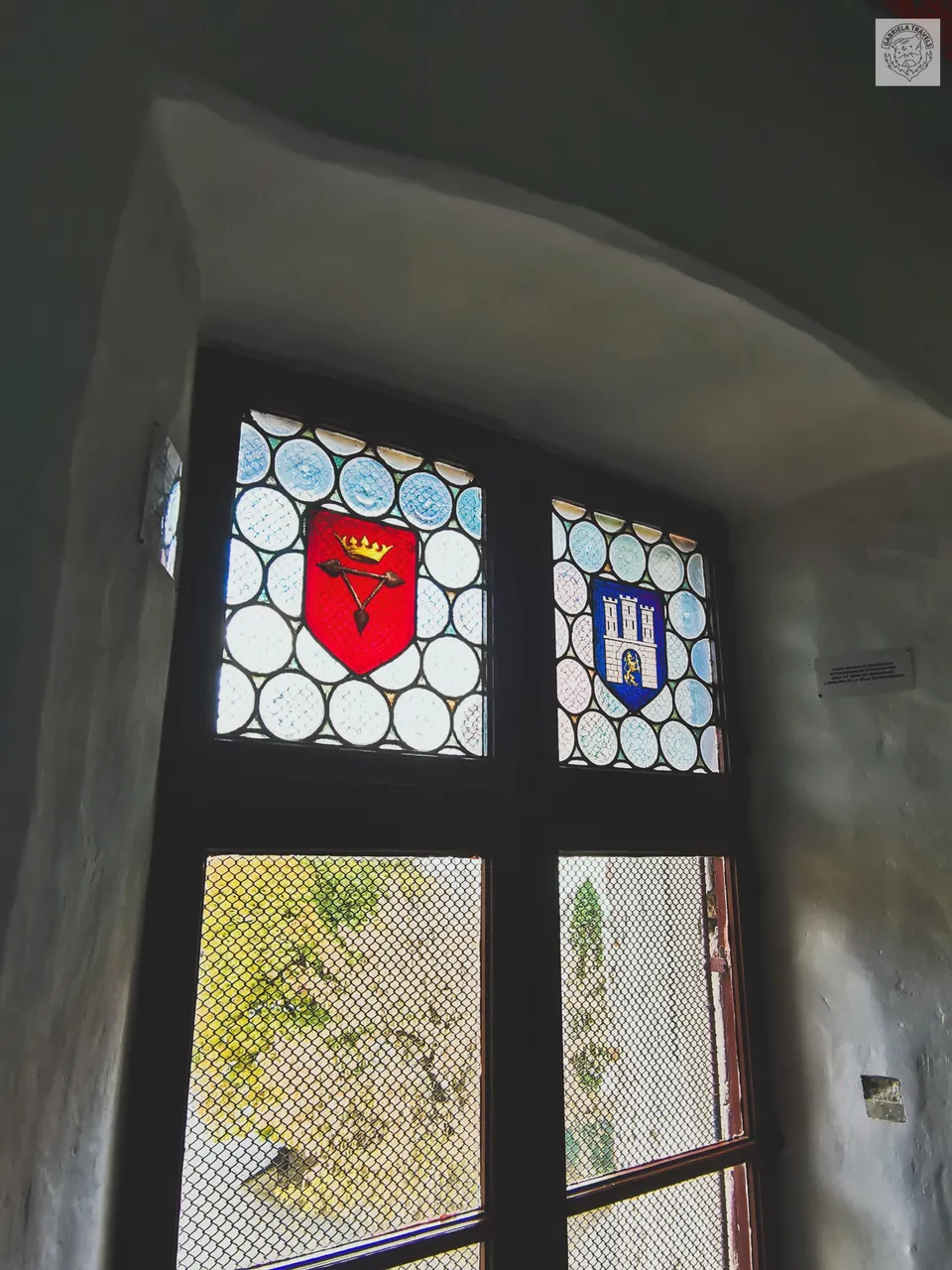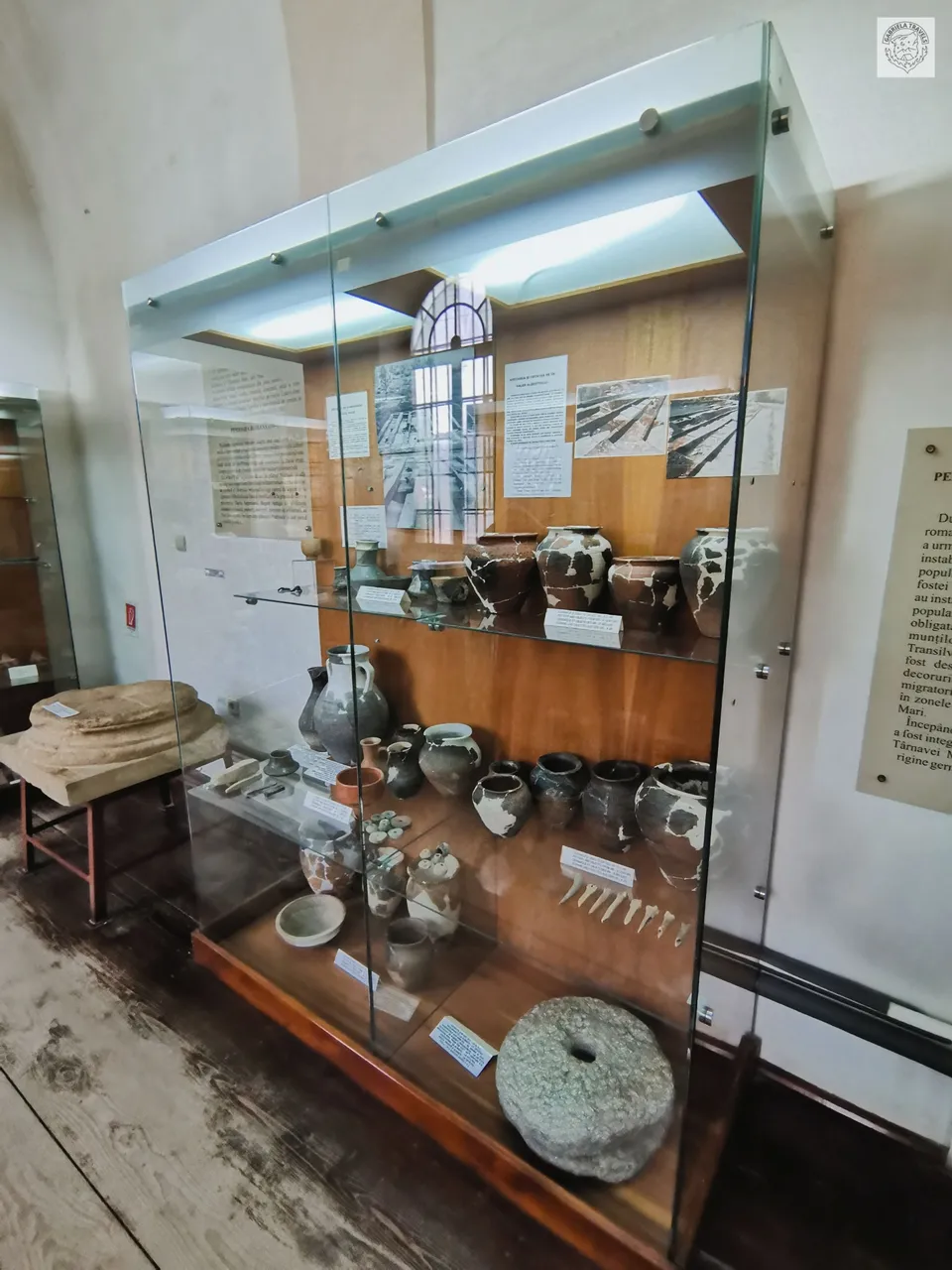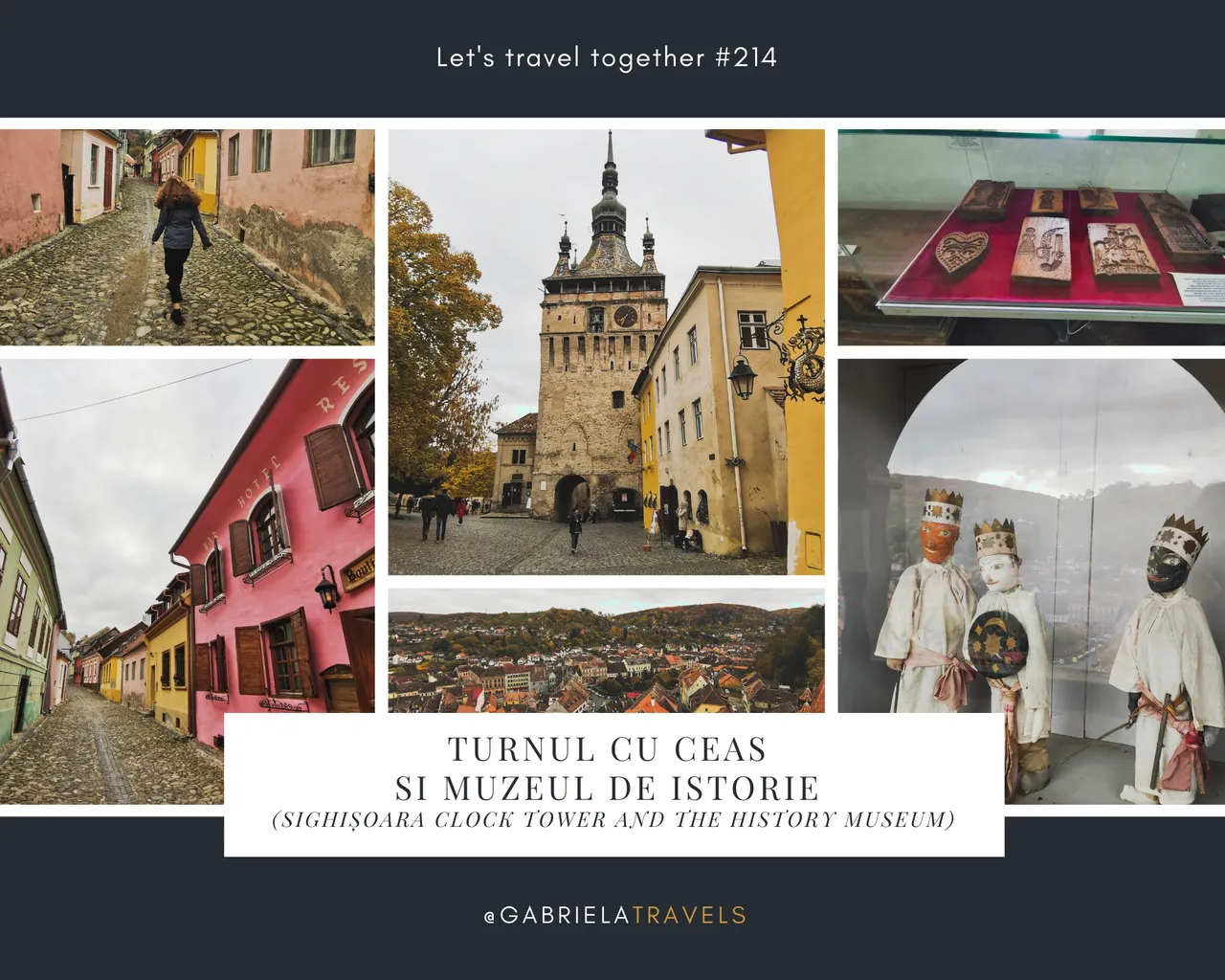

For the last couple of weeks, or even almost two months, I kept sharing all kind of places that you can visit in Sighișoara that is one of the most medieval cities from Transylvania and which is filled with history at every step, to finally come to the moment when I'll share the 9th tower that is standing still after so long since it dates, and which has something unique from anything presented so far.
Actually, all the posts created so far about the other sightseeing attractions from this city, made us surround the Clock Tower for a few times, being able to see it during this whole time because it's also one of the top 3 things people remember about when they hear about Sighisoara, I making no exception to it. 😃
Though, as there are quite a few cities in Romania and most likely a bunch more in other parts of the world that have this kind of tower, we should get a little bit deeper to find out what it makes it so special from the others and what it used to be a few hundred of years ago when getting to live another day wasn't such a safe thing as it is in the 21st century.
To start with a few technical aspects, the Clock Tower is the most imposing one out of the 14 towers that Sighisoara had (now being only 9 left) and it's a real historical monument that measures 64 meters in height being located on the southeastern side of the fortress making it be visible from any part of the city.
 |  |
|---|
Everything started at the beginning of the 14th century when its principal role was to protect the main access gate to the city, during the time becoming the most representative building from Sighișoara and hence why most of the people who visit this place remember the tower the most out of everything they can see around it.
Until 1556, the chamber from the first floor of the Clock Tower served as the city council room, then as a court and there is a total of 5 levels in the building that has a rectangular shape with a pyramidal roof.
In the 21st century, each of these 5 levels is part of the History Museum that represents the single vertical museum from Romania making it a premiere for both the country and the Clock Tower that will get you through the whole history Transylvania has been part of.
Even though the clock from the tower is not as big as it is on other similar buildings from other parts of the world, there are actually two clocks (one on the front and one on the back side of it) where the diameter is 2,4 meters wide and it's a little bit more modern than expected, dating since 1906.
The original one was destroyed entirely during the fire from 1676 which had no mercy with this tower either.
However, along with the hundreds of popular pictures being taken in front of the tower, the whole beauty rests within and there are just a few who dare to open the door to the museum and discover the historical monument from a different side than most of the people do.
Both the tower and the museum can be visited anytime between 9 AM - 3.30 PM during the cold seasons and between 9 AM - 5.30 PM while the daylight lasts longer, starting from Tuesday to Sunday as this is always closed on Mondays. The single request is to purchase a visiting ticket that is 16 RON / 3,24 EUR per person. There are no other taxes such as for taking pictures or videos inside of the building.
Even though you will be able to see the figurines from the attached picture only on the last floor, this is the thing that caught my attention the most as each of the seven lime wood statues represent the days of the week and they are rotating depending on what day it is, where each of these measures around 0.8 meters being also unique for the country and perhaps in Europe too.
All these statues depicts pagan gods from mythology having above their heads symbols from astronomy, astrology and alchemy with different meanings as it follows:
- Monday also known as Diana that represents the goddess of hunting and symbolizes silver;
- Tuesday also known as Ares that represents the god of war and symbolizes iron;
- Wednesday also known as Hermes that represents the god of commerce and symbolizes mercury;
- Thursday also known as Zeus that represents the god of lightning bolts and symbolizes tin;
- Friday also known as Afrodita that represents the goddess of beauty and love and symbolizes copper;
- Saturday also known as Cronus that represents the god of fertility and symbolizes led;
- Sunday also known as Ra that represents the god of the sun and symbolizes gold.
All the seven statues are following the same technique these from Biserica din Deal did, where even if they are represented in a way bigger form, they do have a meaning as well, presenting the four evangelists of the church.
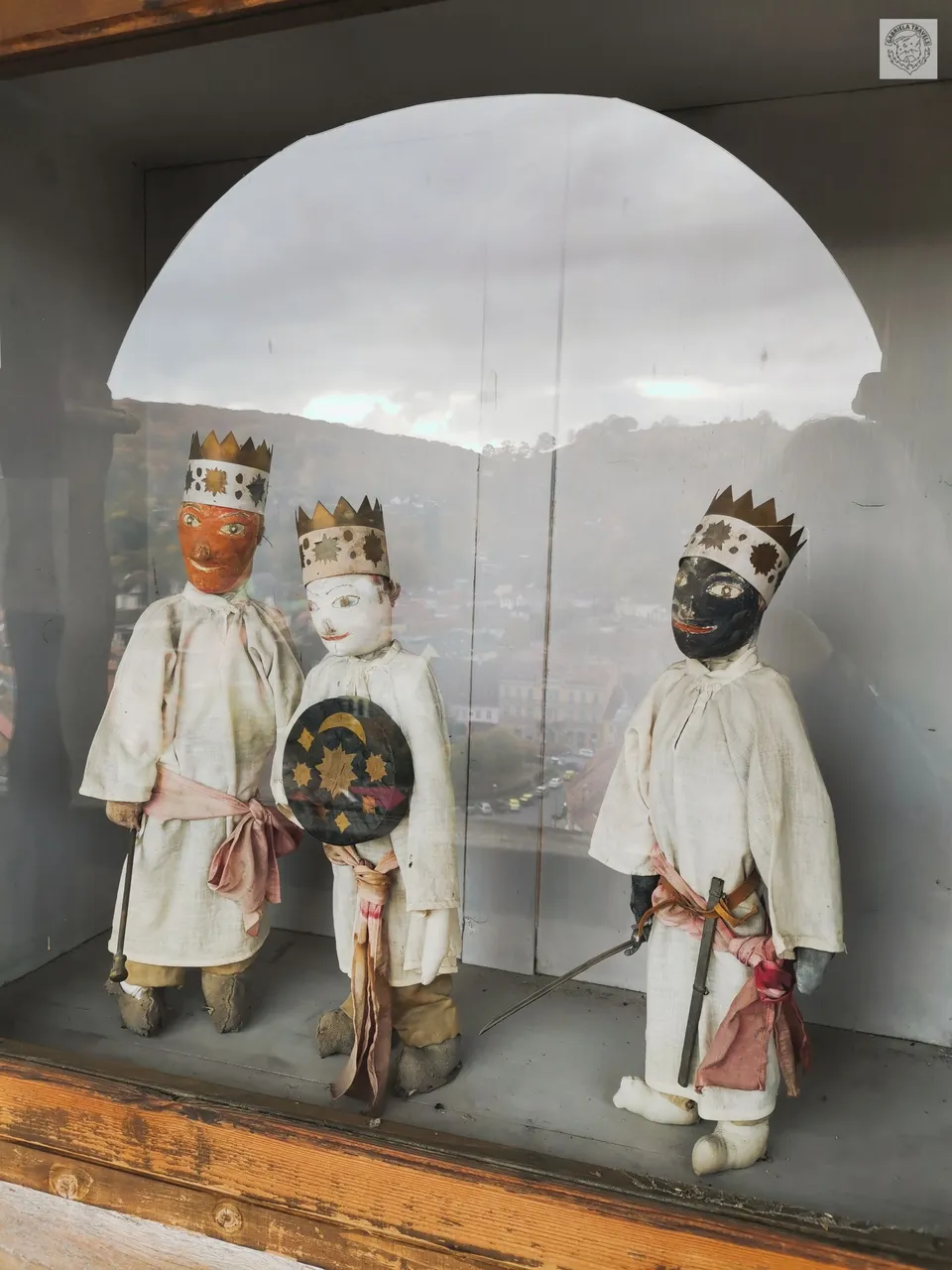 | 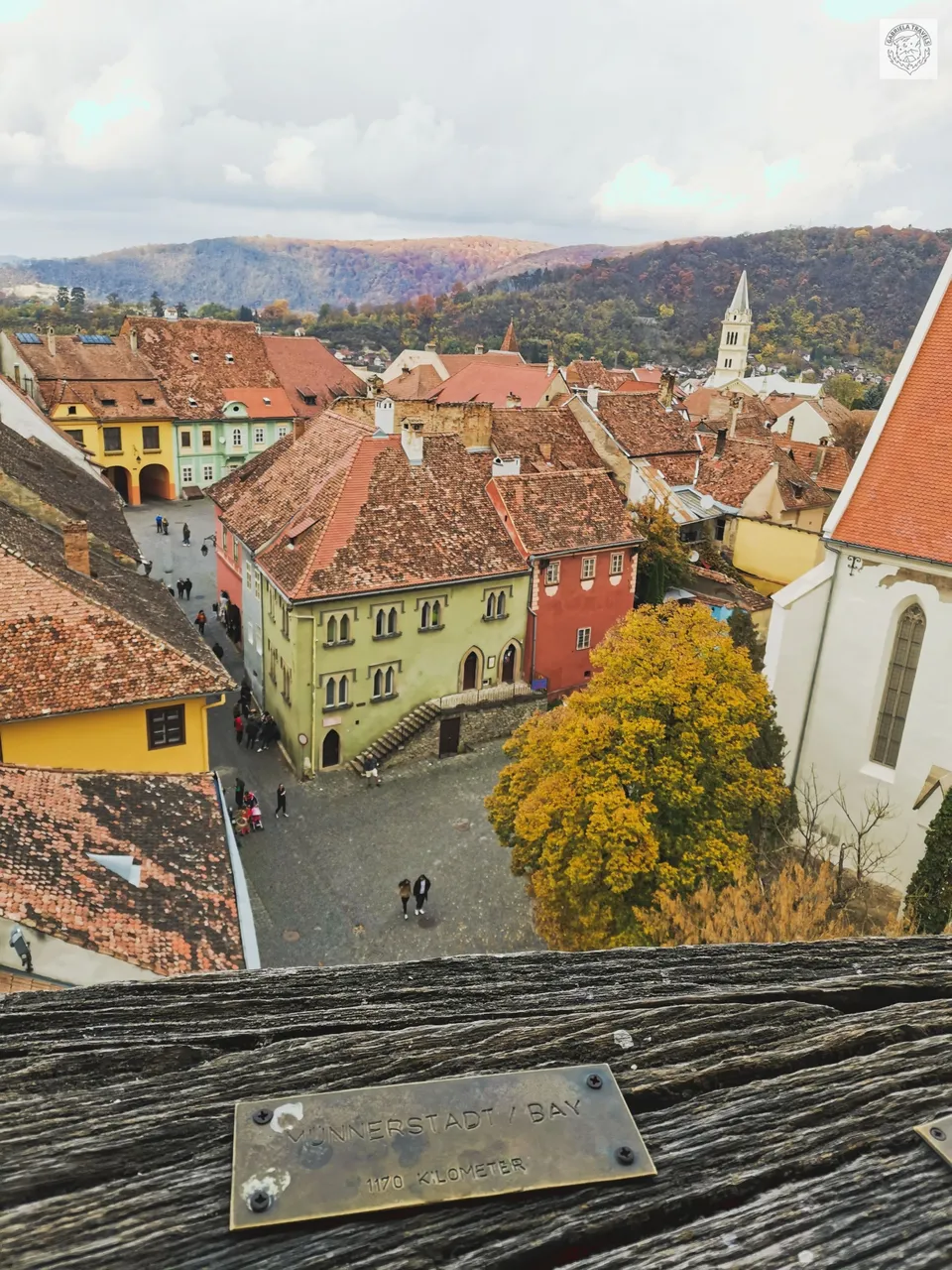 |
|---|
There were 3 more similar statues we managed to also find when we reached the roof of the Clock Tower but which remained a mystery even these days as we couldn't find out what their meaning is. Though, this might have something in common with the four little towers that are creating the roof which were the signs of the city's jurisdictional autonomy that through their advice was applied or not the capital punishment. This used to be a sign of authority and prestige that only the most important cities of Transylvania had.
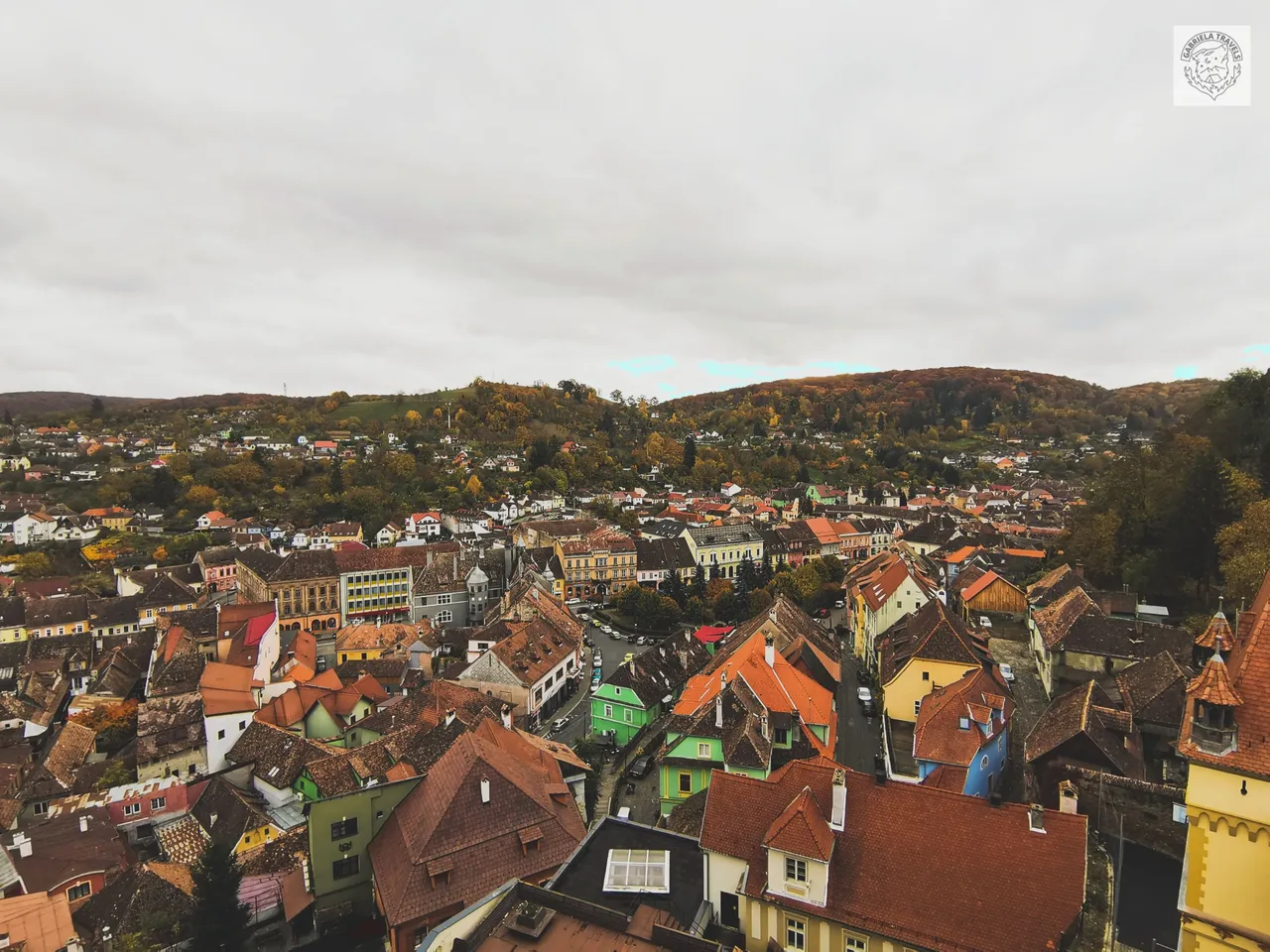
I know there are only three statues and not four, but somehow the way they look like, make me think of the people who were handling this kind of punishments back then. In plus, from this part of the tower, you are blessed with a 360° view over the city which will allow you to see more than just the houses and the streets because you can even see what's behind the valleys and mountains if it's not a cloudy day as we had. 🙂
While the Clock Tower works as a genuine capsule of time, make sure to take a while and read all the things written on the panels from the walls or that are standing in front of different objects to find their meaning, because sometimes it's a real challenge to figure out what these used to serve as back then.
However, as the museum is becoming richer and richer and history with each passing year because the history enthusiasts keep contributing with all kind of collections and pieces of archeology, guilds and textiles, the landscape is a little bit crowded but every single part of it is definitely worth your time and it will conquer your heart through its majesty.
But as there can't be a beginning of a story without meeting a machete with how Sighișoara used to look like before the history started being written, the first floor is reserved for various events held between the 15th and 16th centuries when Vlad Dracul was leading Romania and when the union between the Romanian lands has been made.
There are a lot of antique weapons and pots that most likely were something common back then but which represent a nice souvenir and thing to have in your living room for those who are passionate about history.
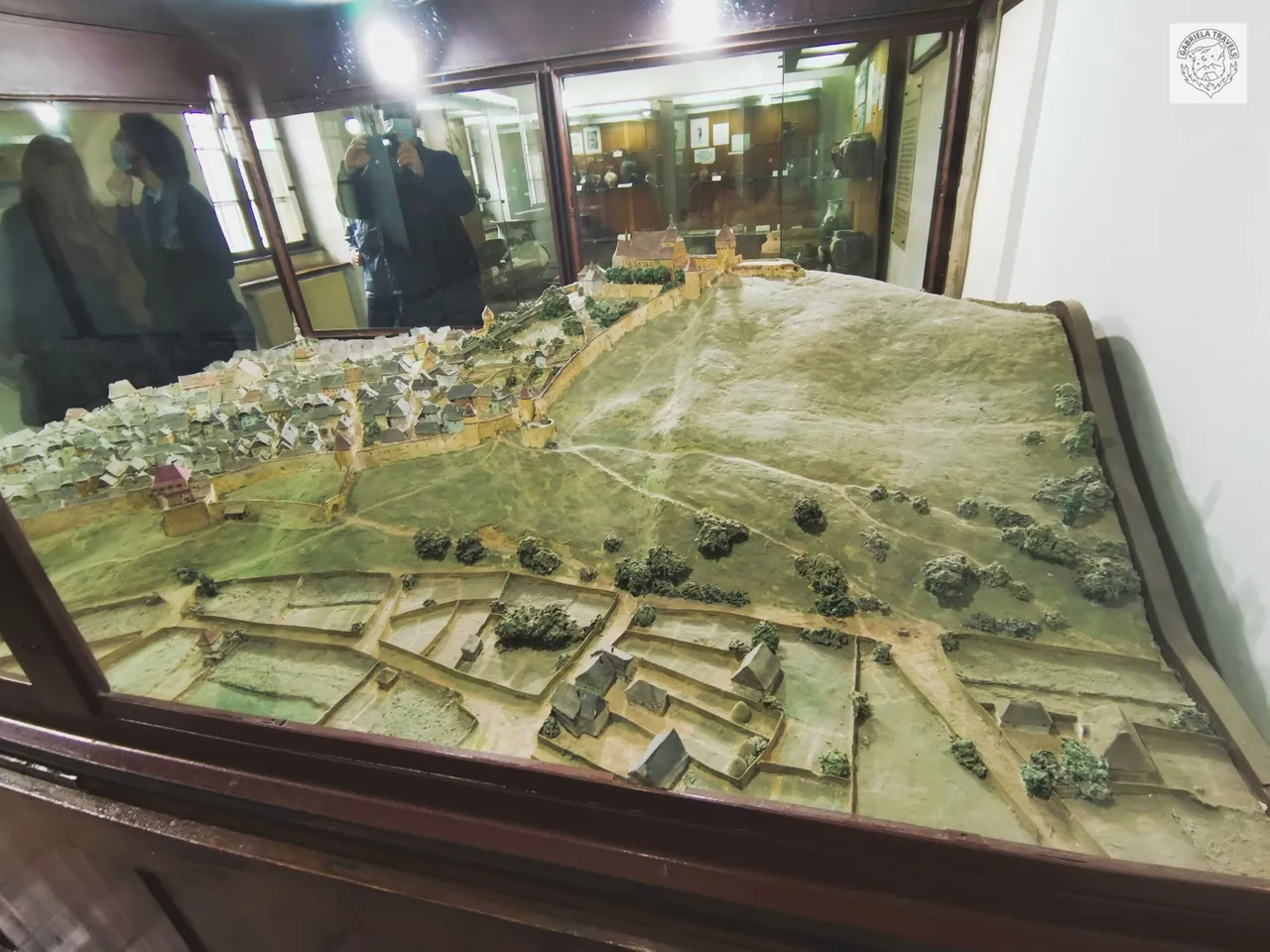
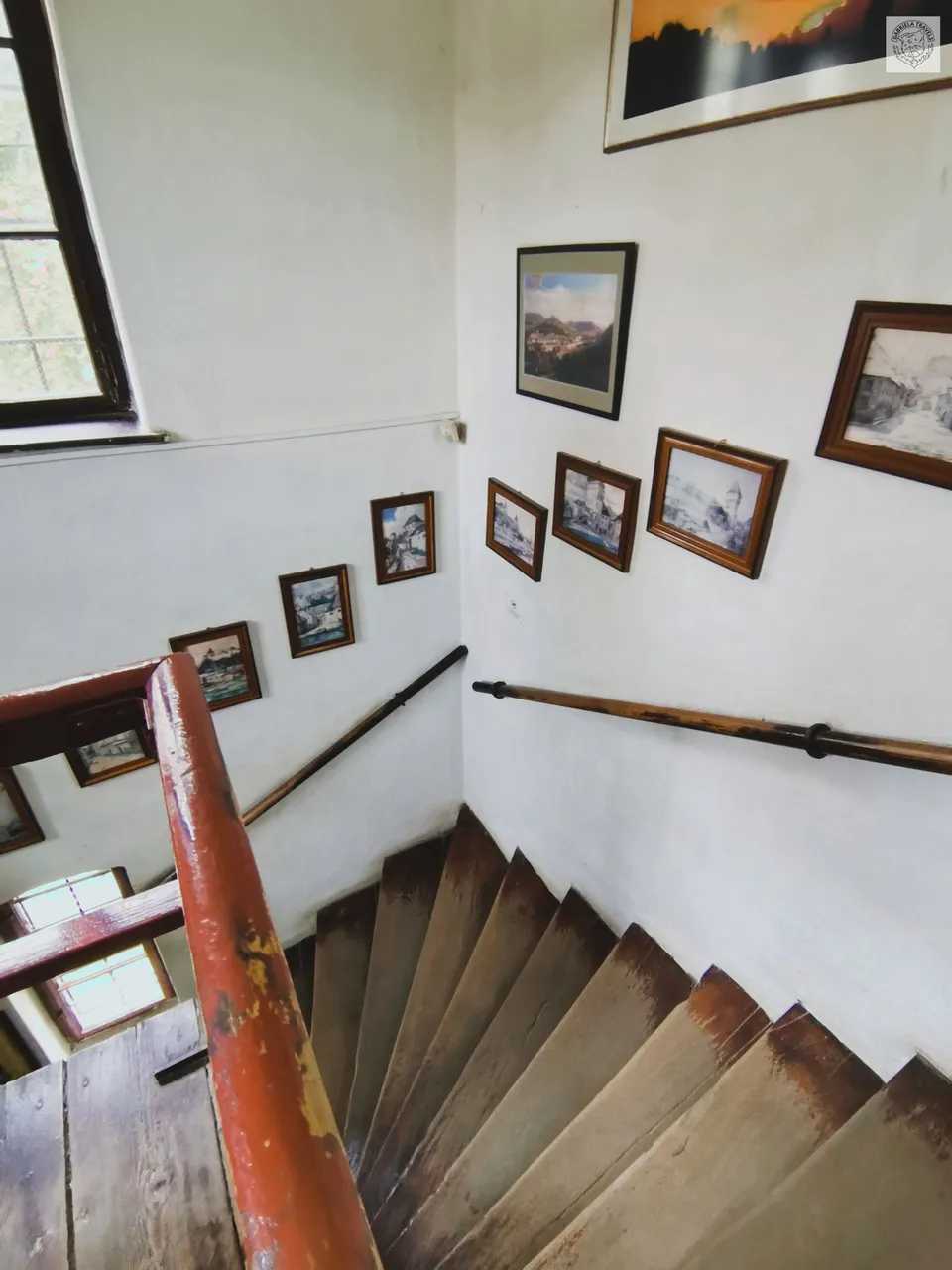 | 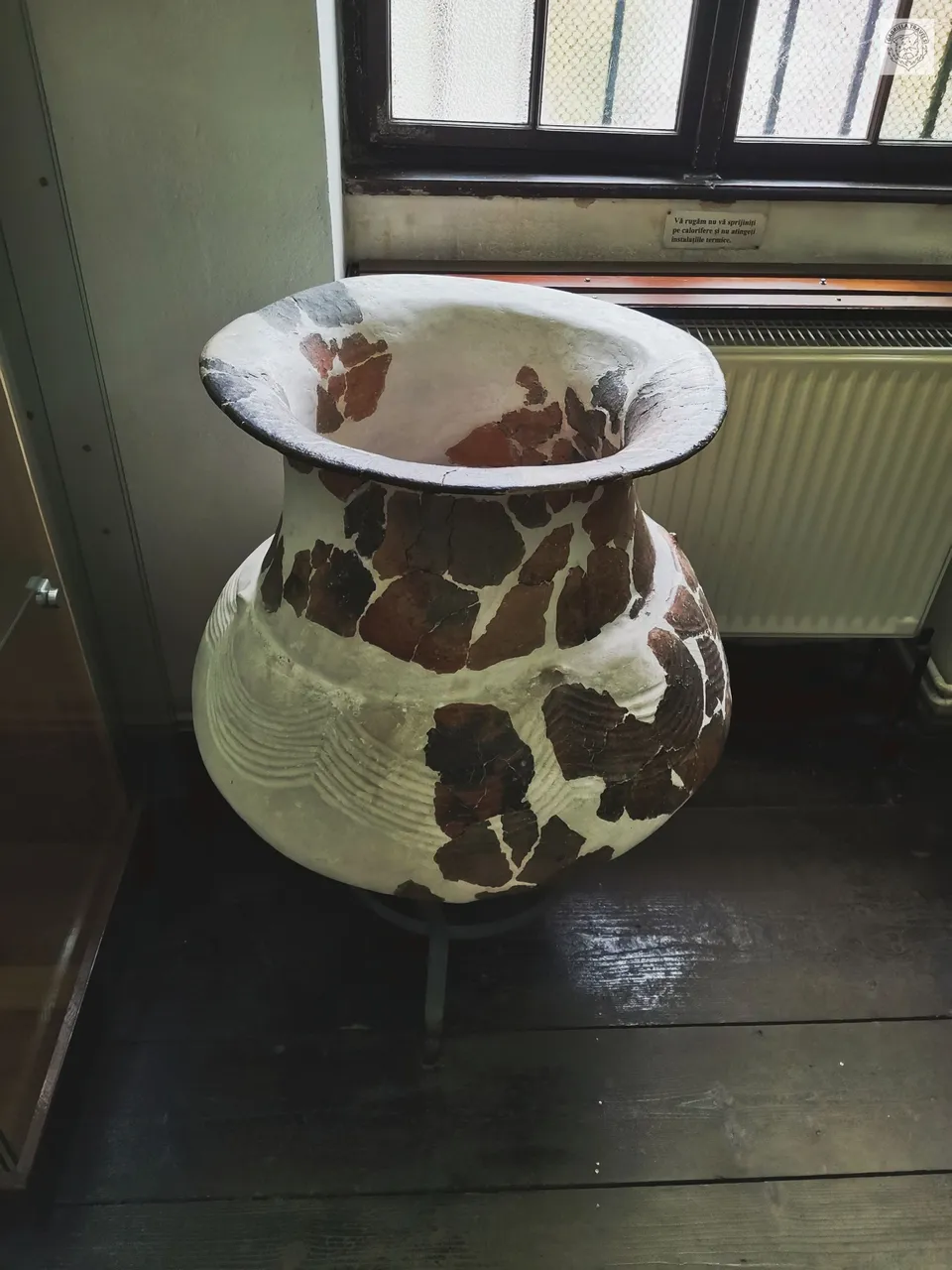 | 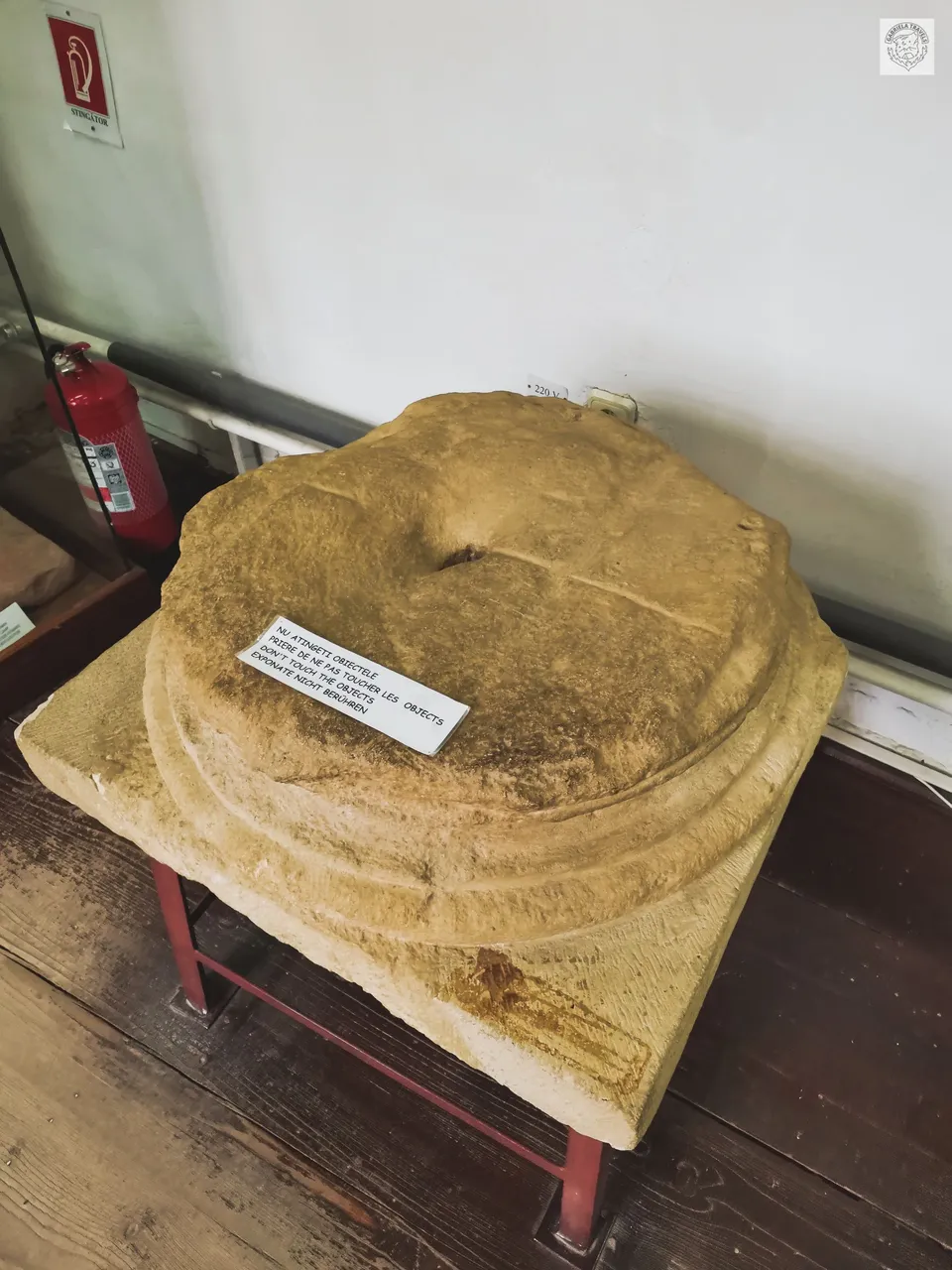 |
|---|
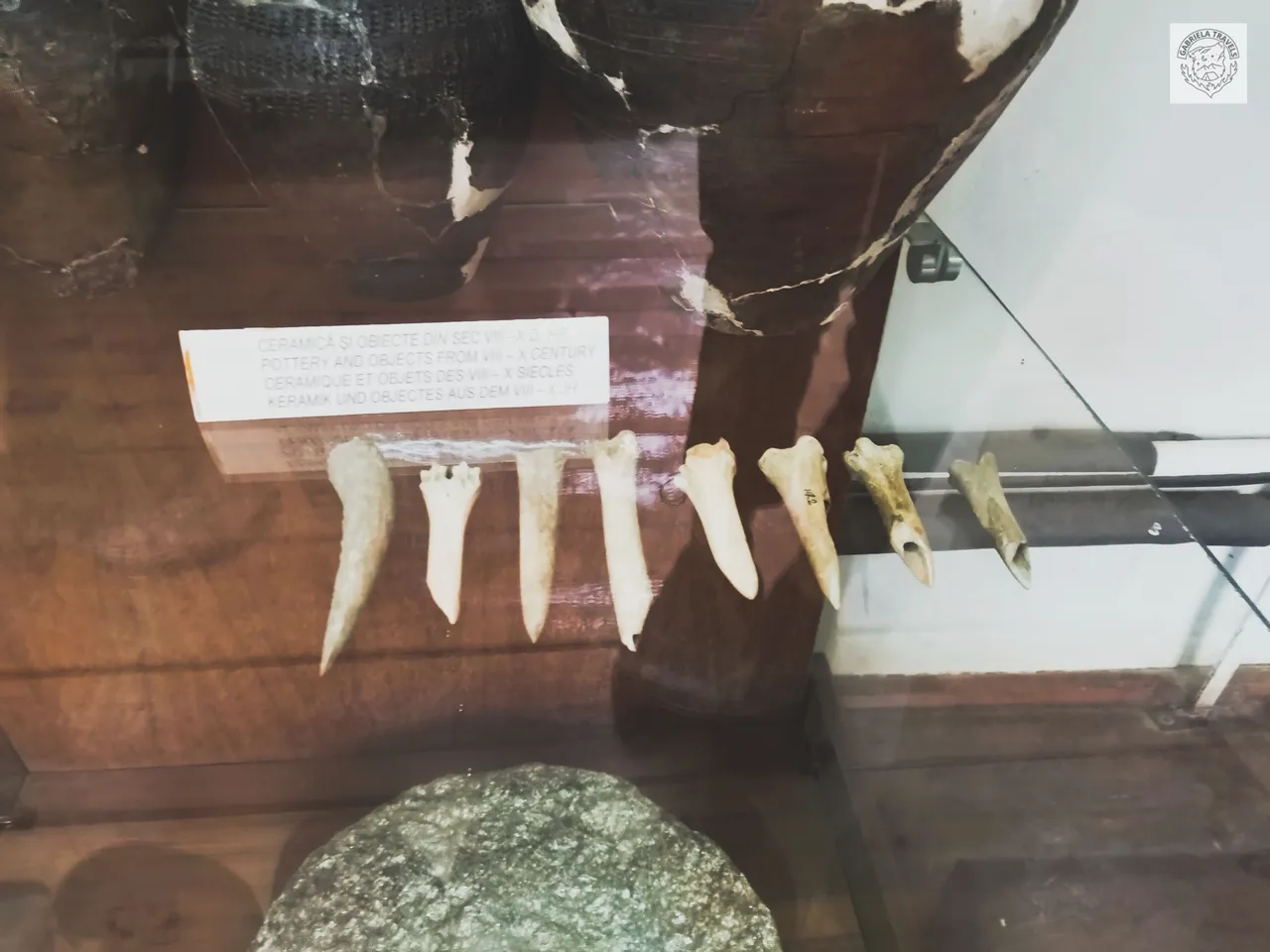 | 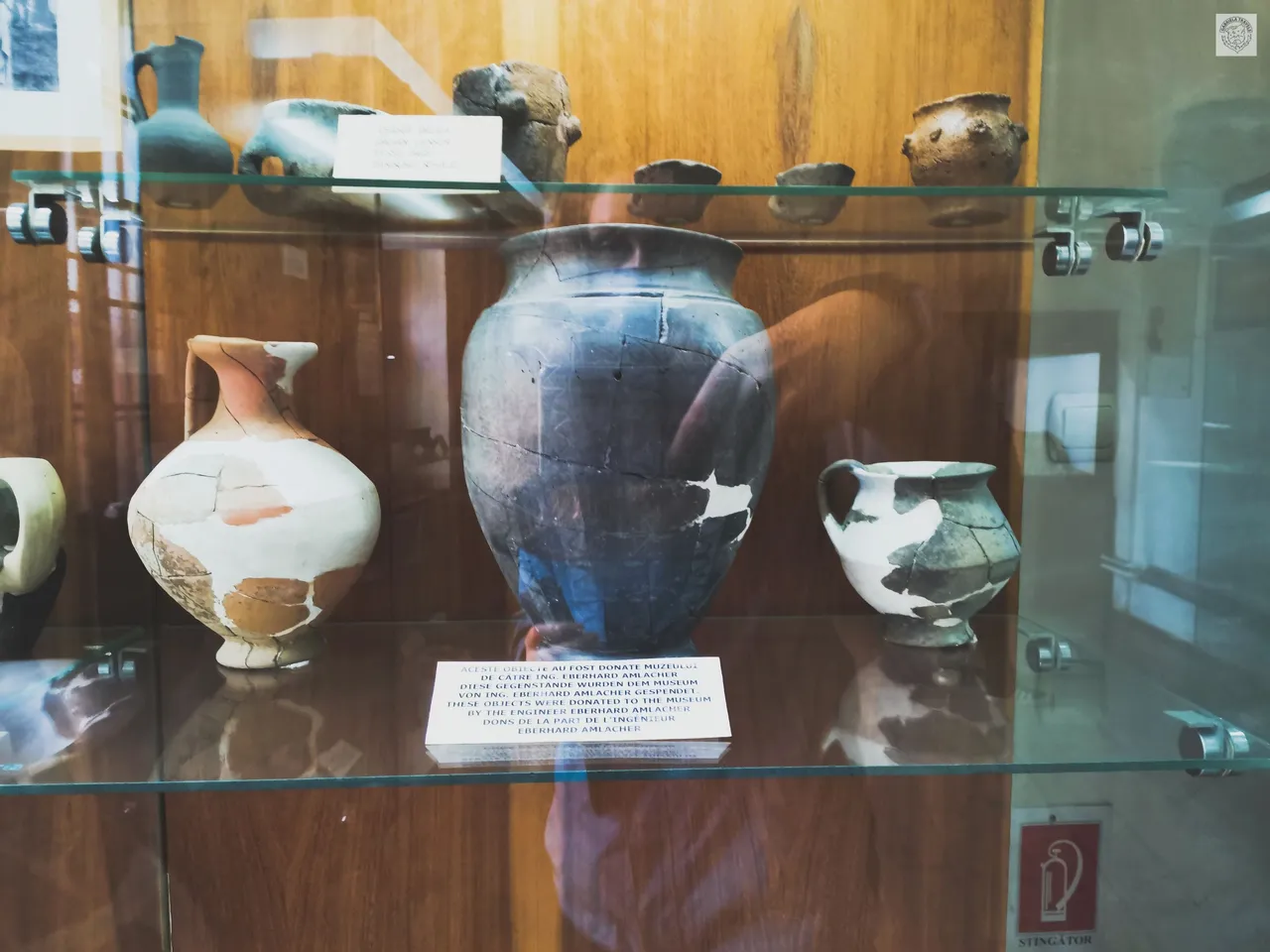 |
|---|
The 2nd floor is entirely dedicated to the period when Dacians and Romans wrote history, as well as the period when there were a lot of guilds on this part of the world.
There are quite a few objects that were part of those times and populations of people who got on the lands of Transylvania, but unfortunately, there is no museum entirely dedicated to Dacians and Romans currently in Romania.
There were some rumors as the ASTRA Museum is trying to bring into its complex a place like this which would make things a lot more clear for those who want to know a little bit more of that period because right now is like collecting pieces of puzzle from different museums you visit around Transylvania to make a proper idea of how living was back then.
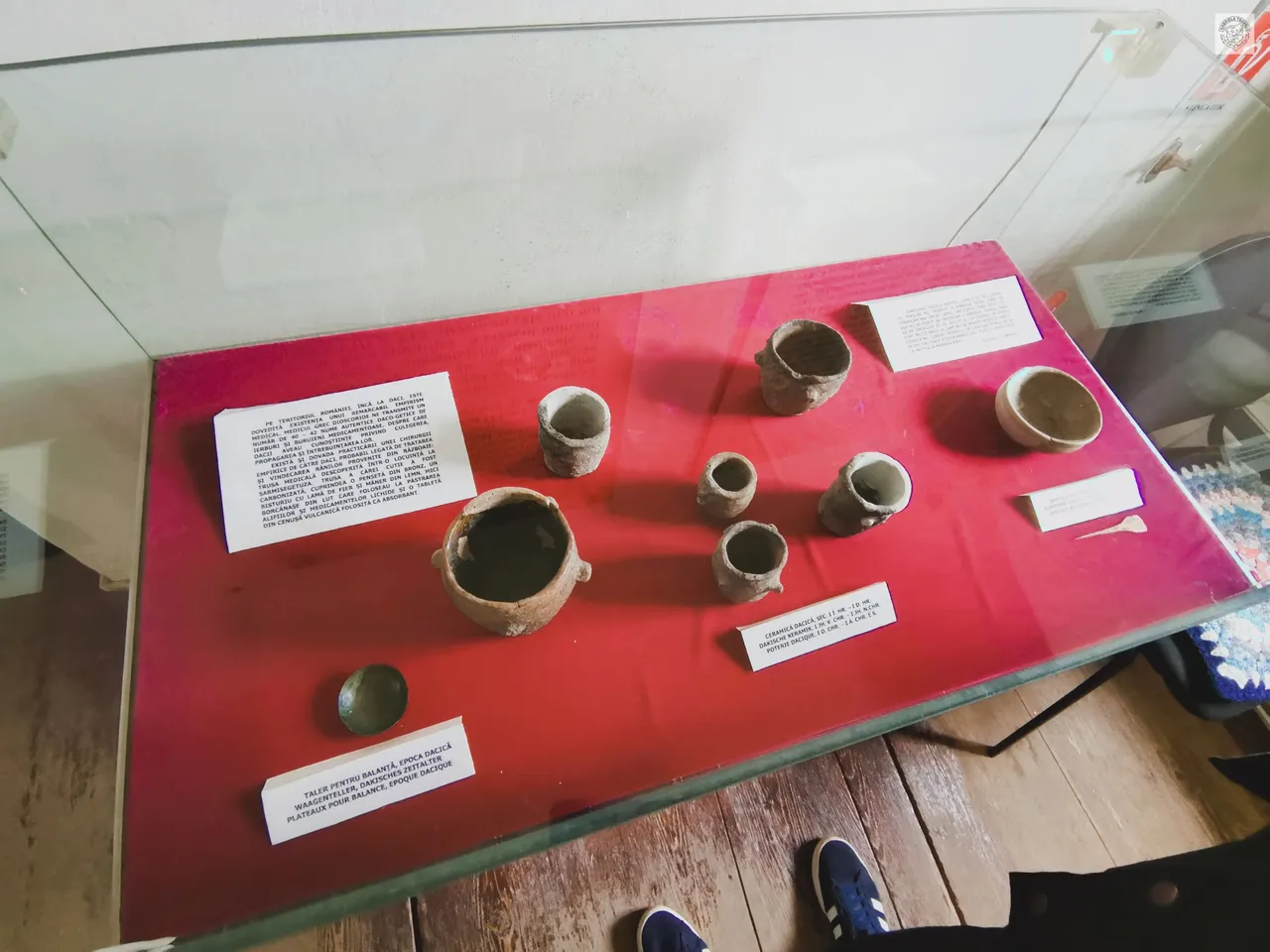
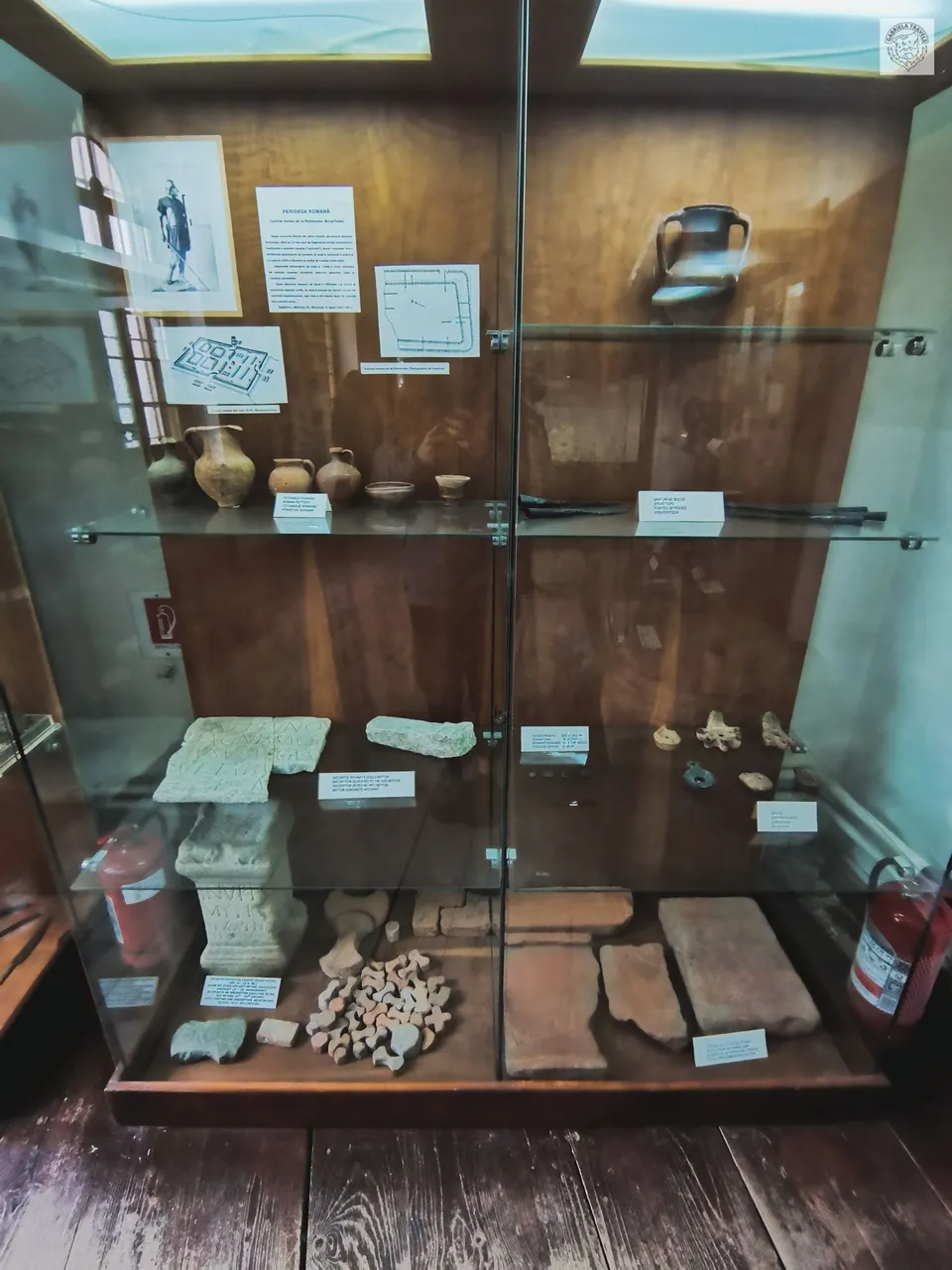 | 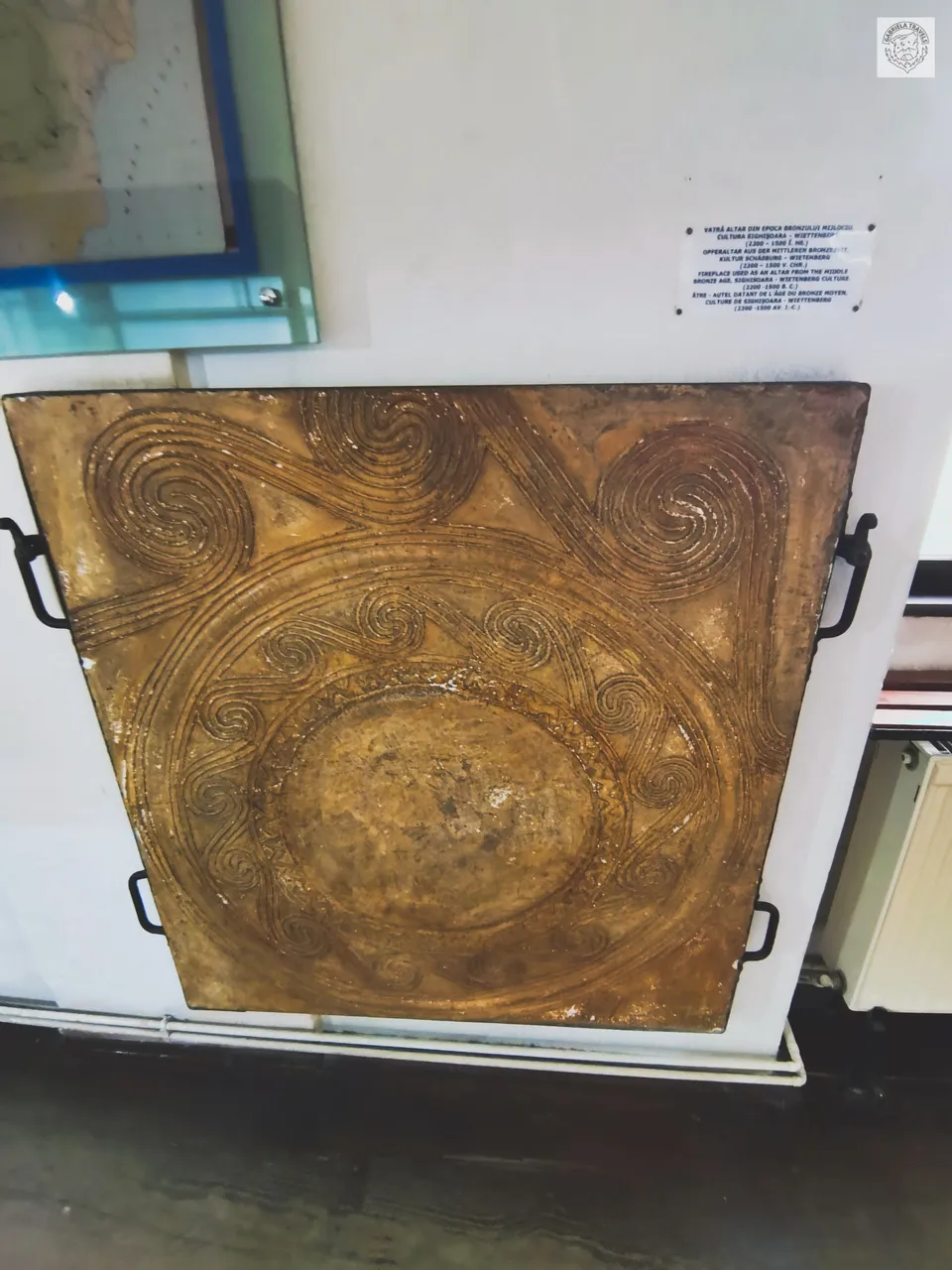 | 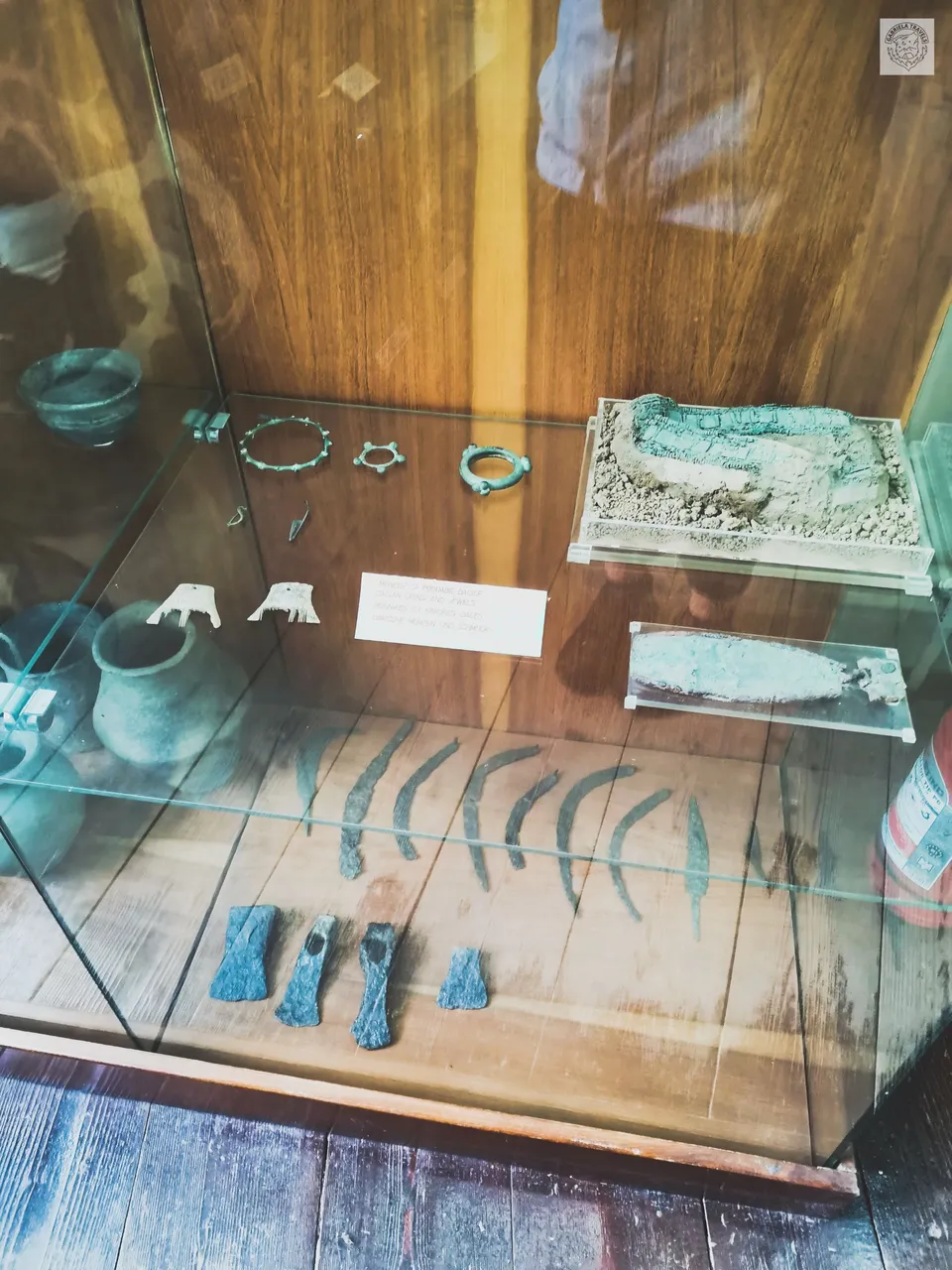 |
|---|
The next floor, is perhaps, the most terrifying one (at least for me), because it represents a pharmacy and old medical instruments.
If you are a person who's afraid to go to the dentist or doctor to check if everything is alright with him, you will understand why this is so scary for me. 😅
Along with the frightening instruments that is impossible not to notice, there are even vials that are dating since 1670 and show the process of evolution of the medicine back then and what it is in the 21st century.
Just imagine getting a 30 cm long syringe in your arm or huge pliers in your mouth to extract a tooth. But I'll let the pictures talk for themselves. 😰
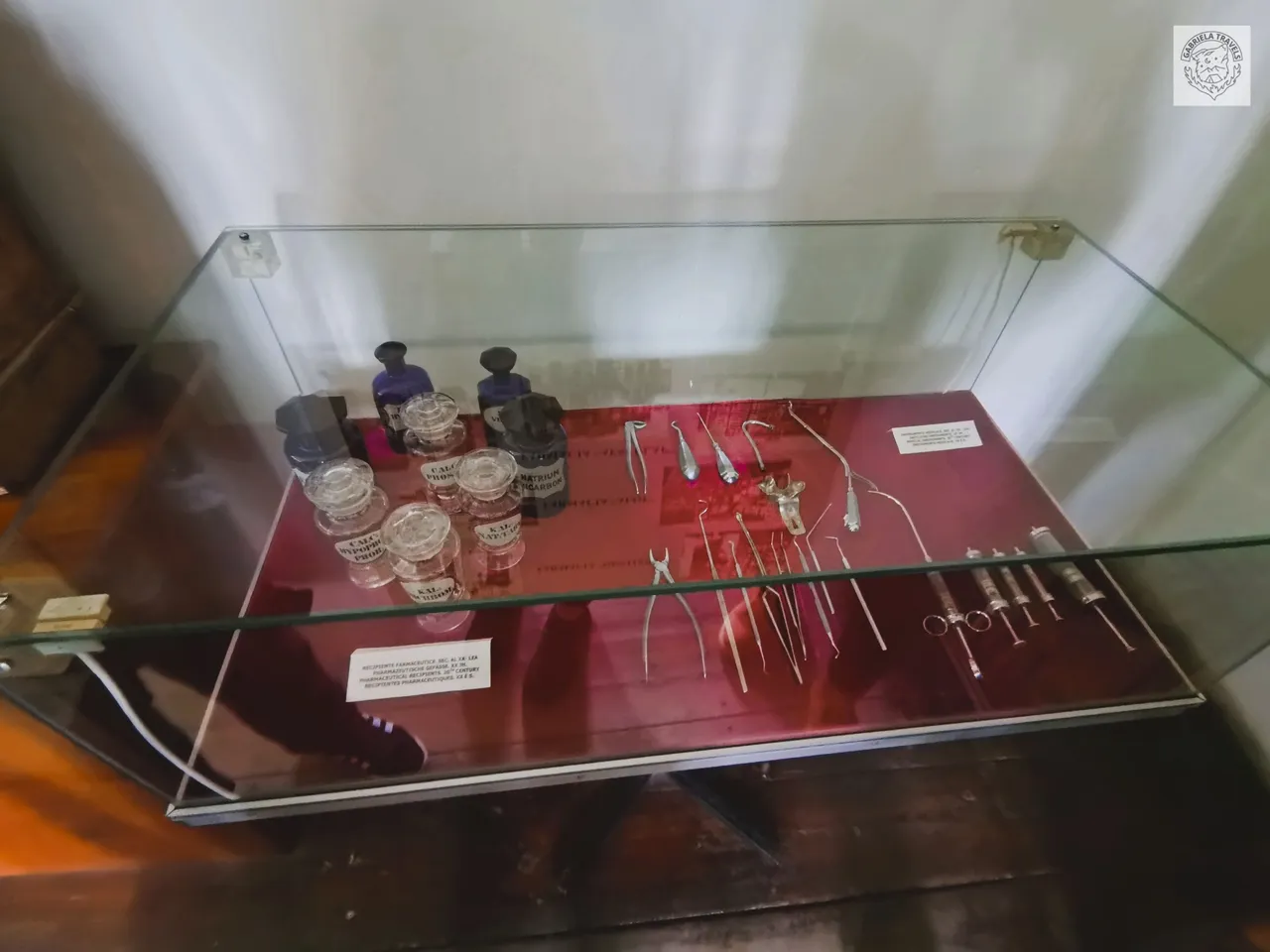
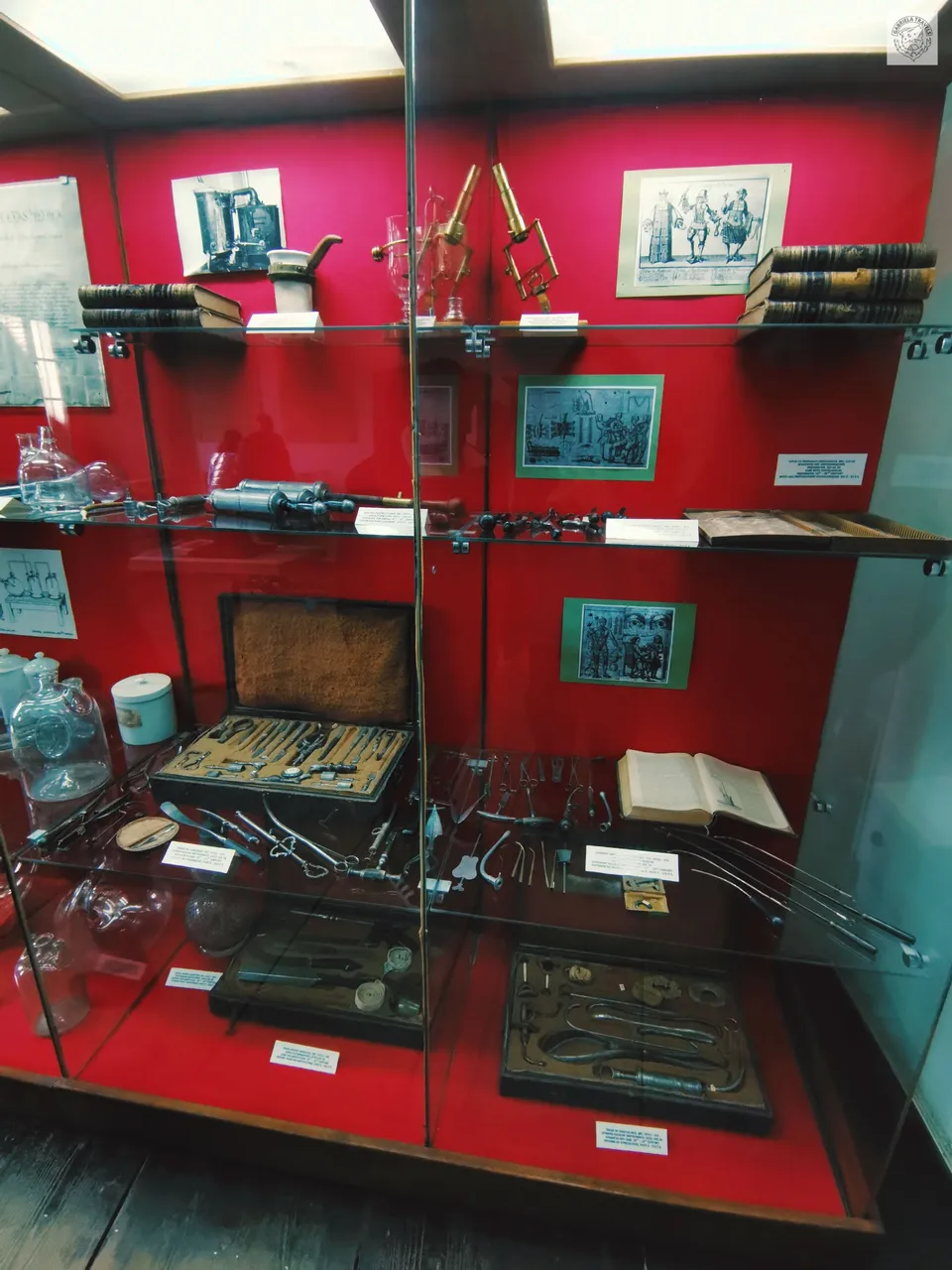 | 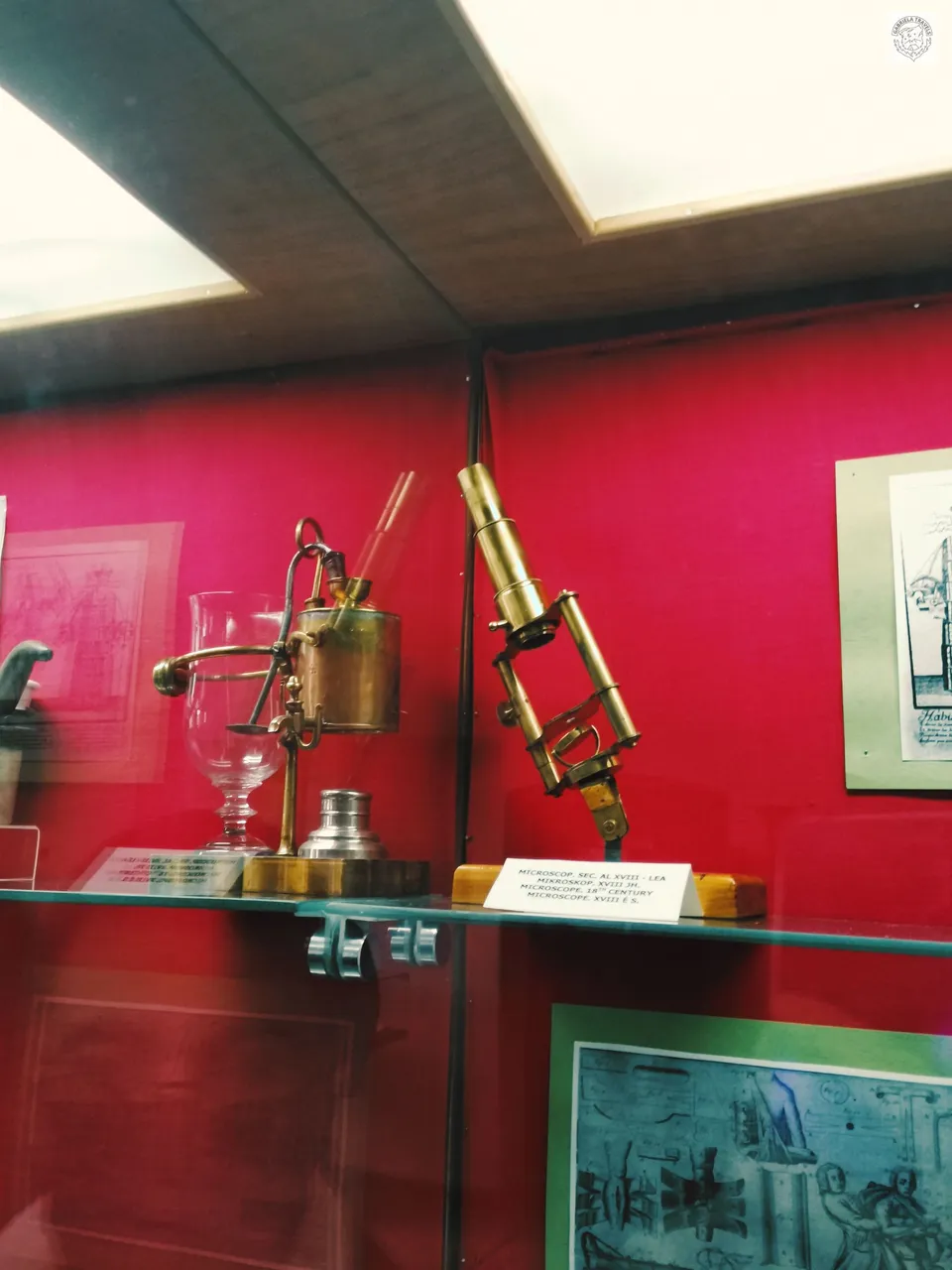 | 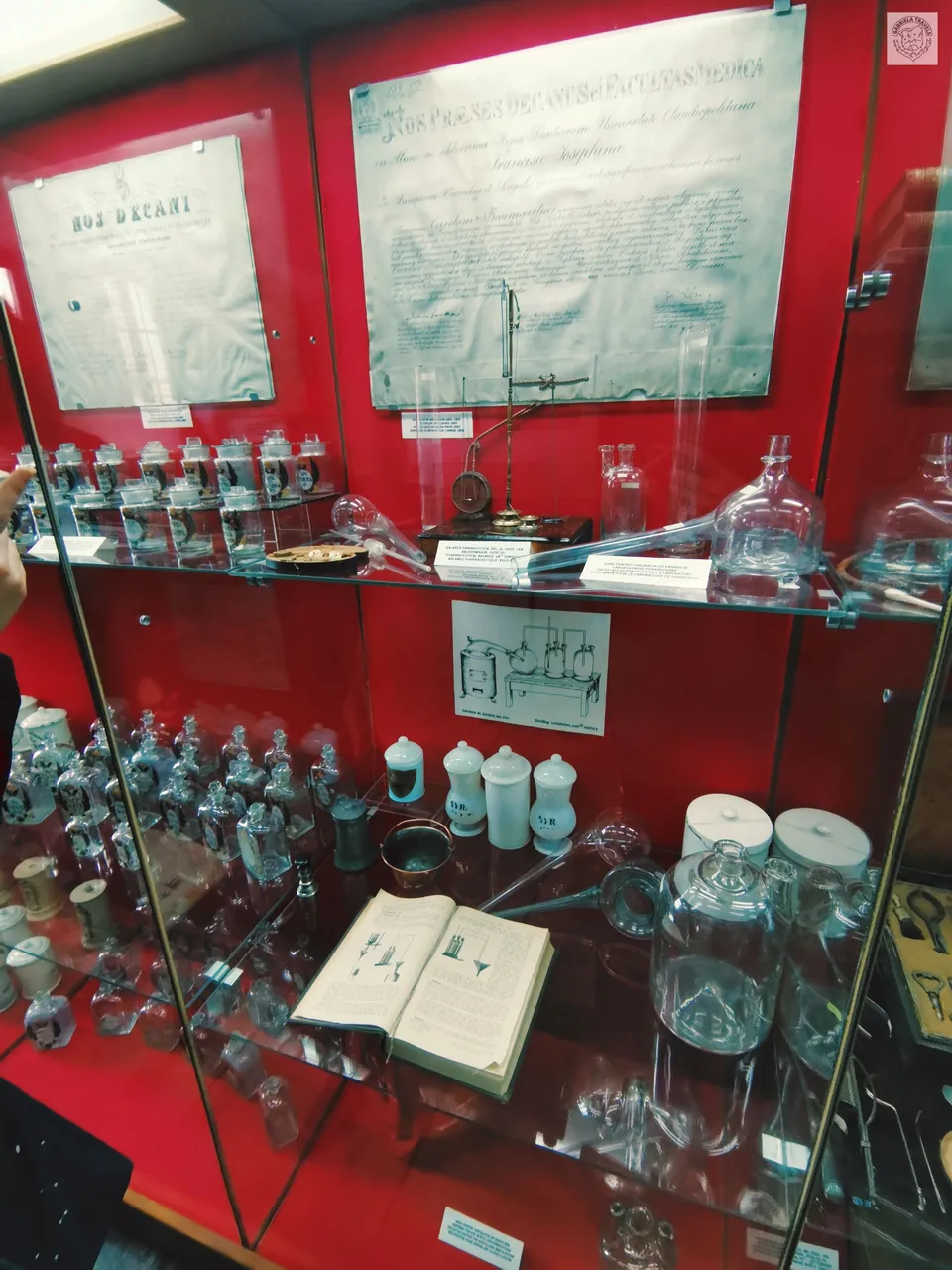 |
|---|
Still on this floor, there can be seen some of the old furniture that was realized in more styles unique for Romania. These are also continued on the 4th floor where more such objects can be seen, along with huge dowry boxes or other stuff used for commerce, agriculture, jail, and anything that back then represented a common thing to see while being alive.
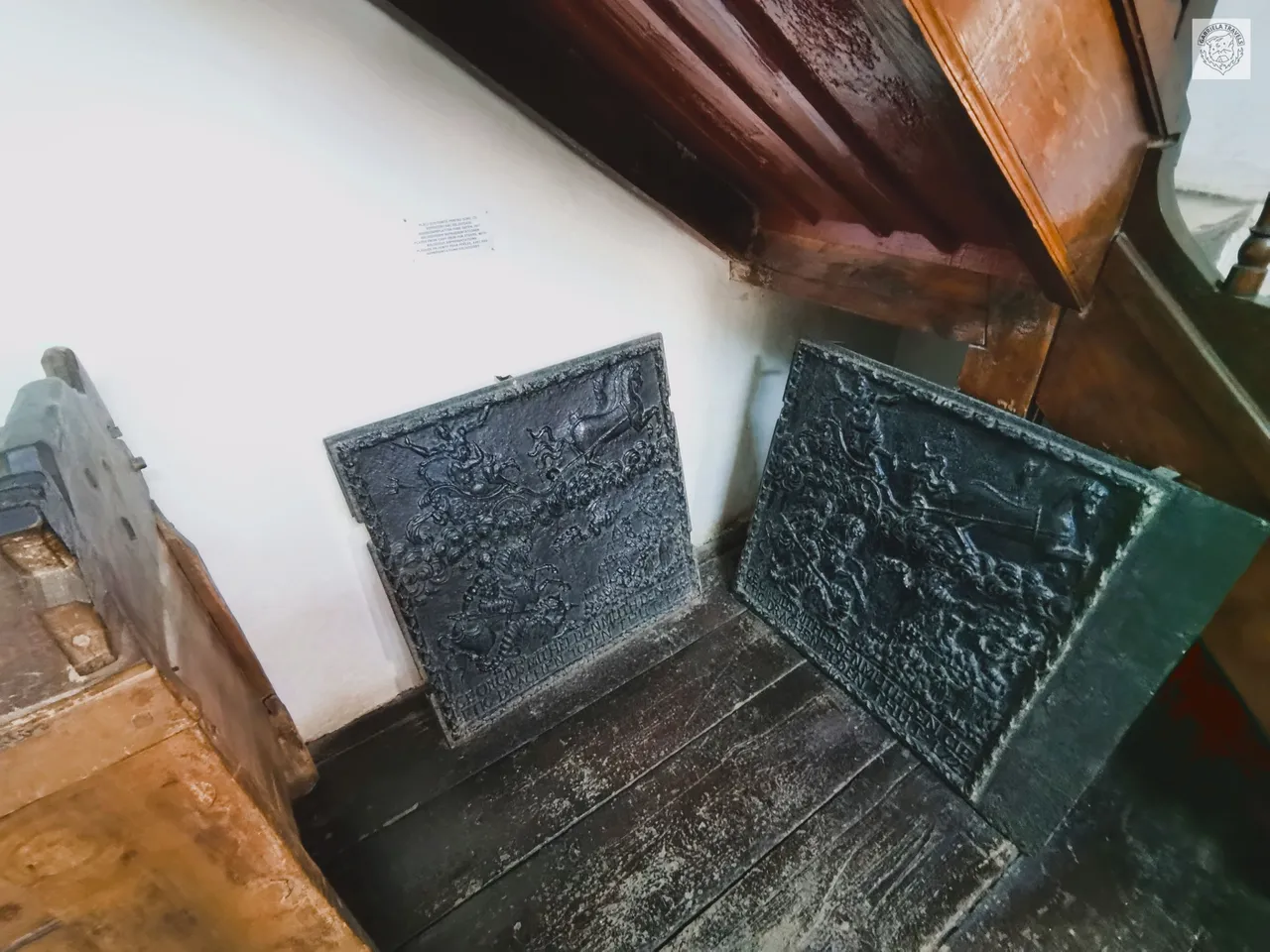 | 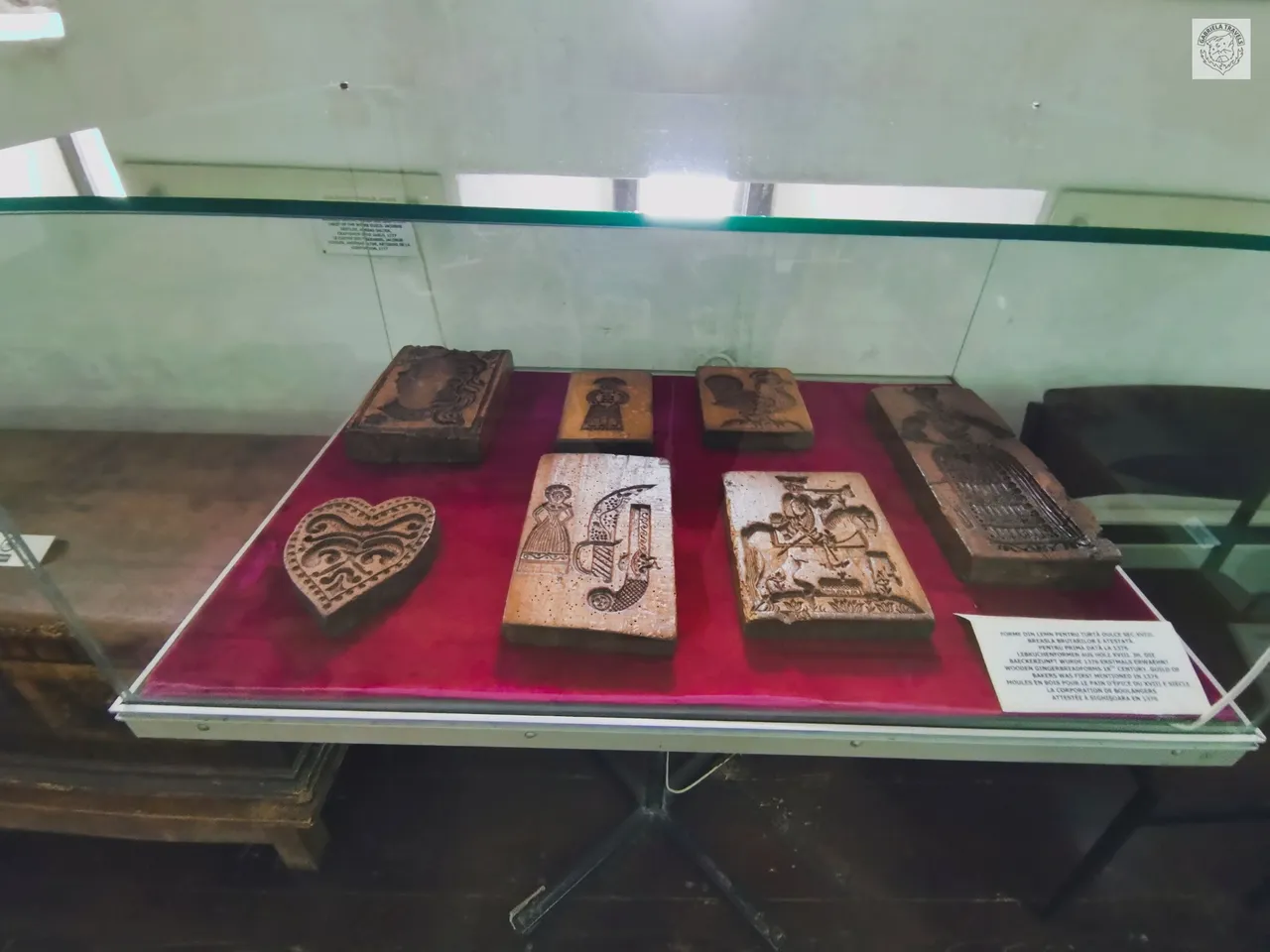 |
|---|
 | 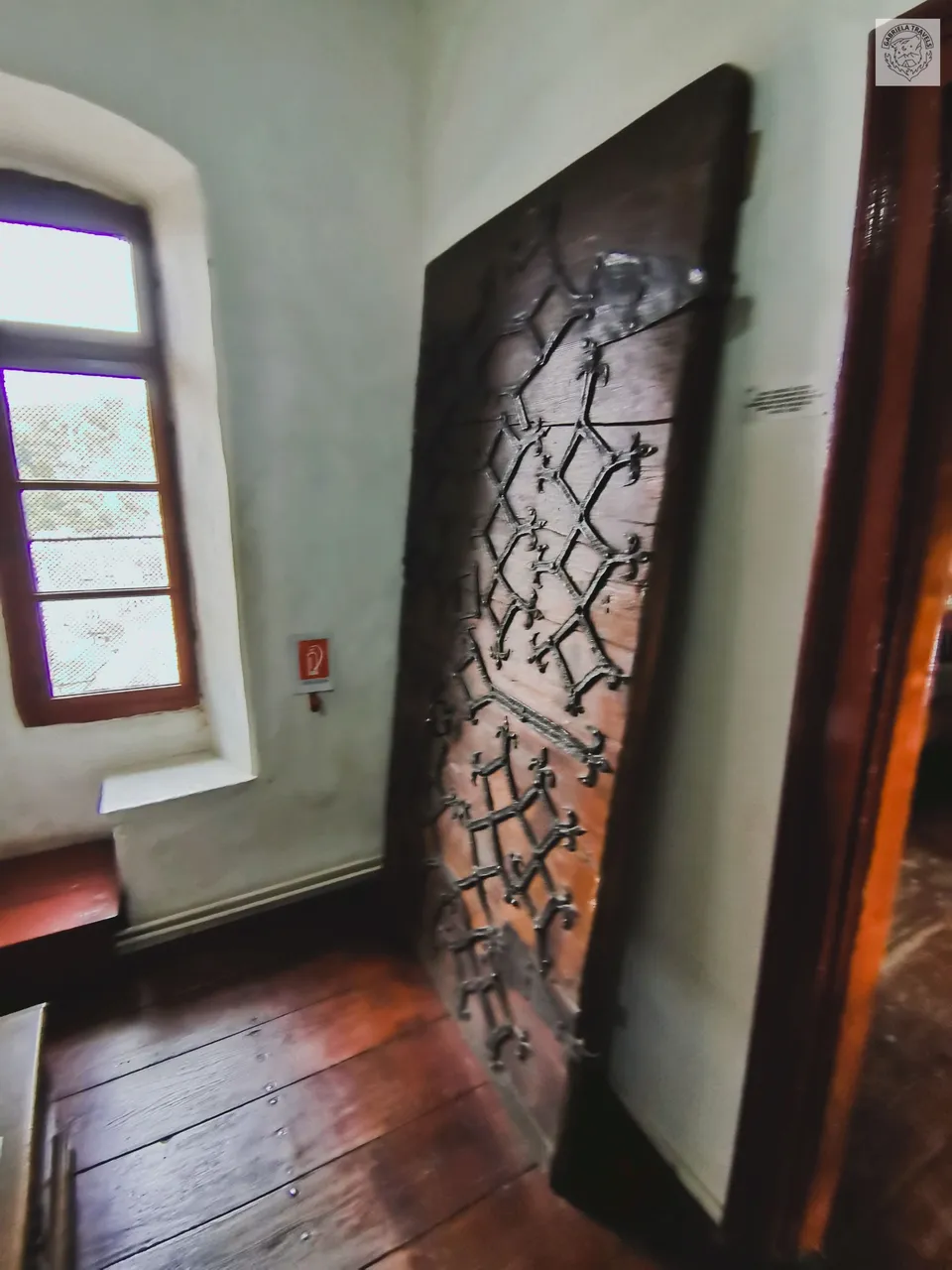 | 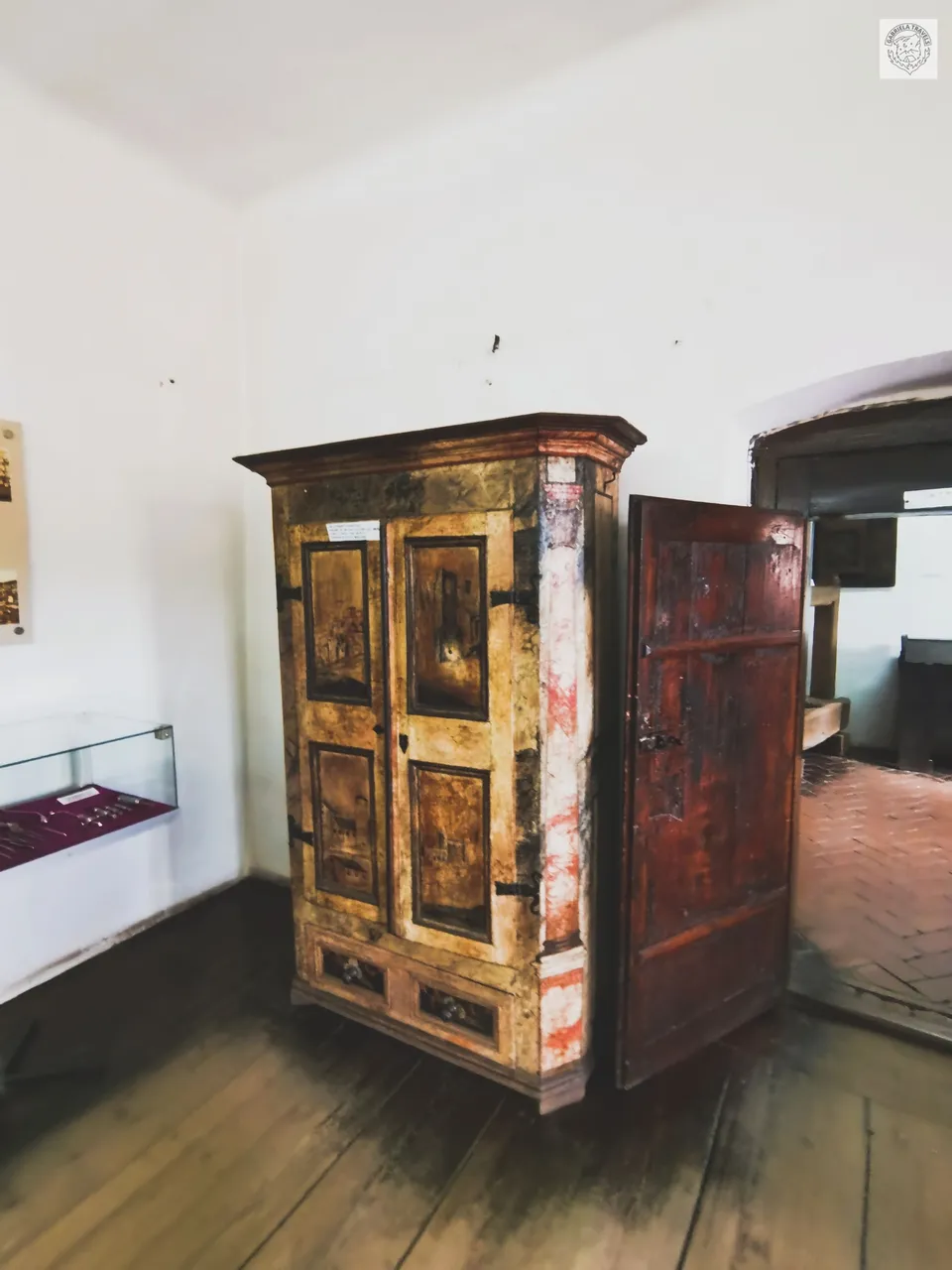 | 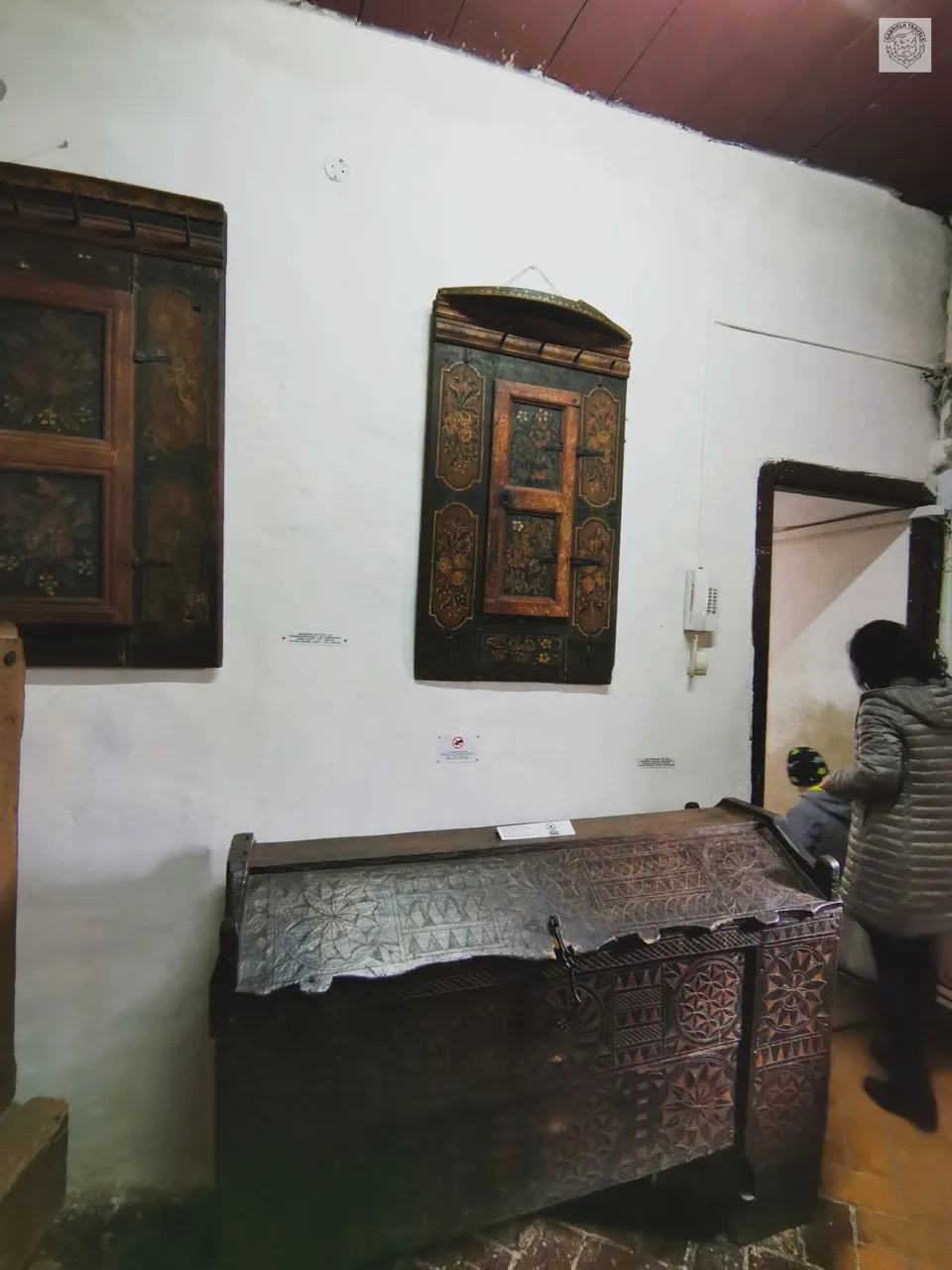 |
|---|
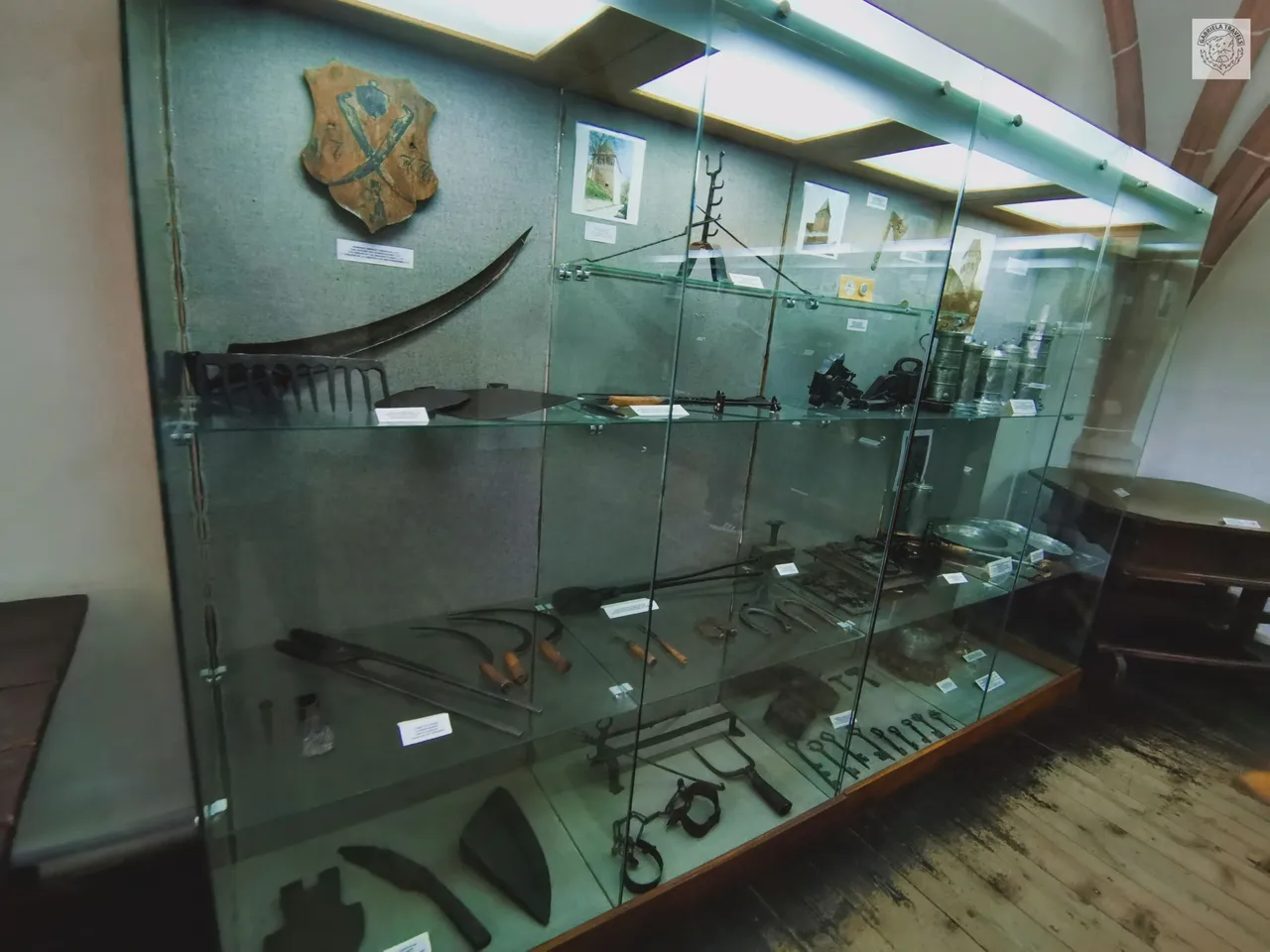 | 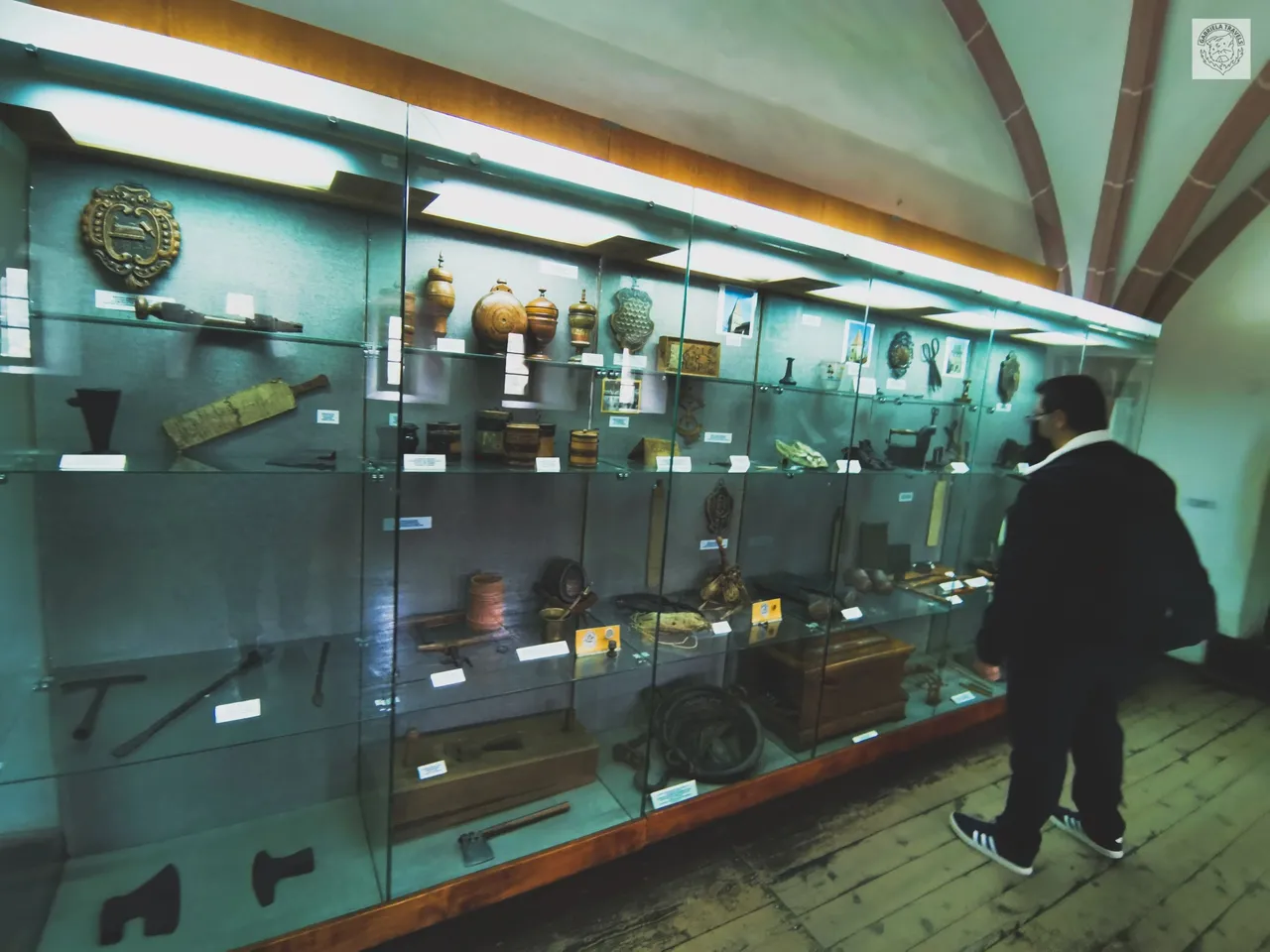 |
|---|
The 5th and last floor before reaching the roof which I began presenting the museum with (I know, weird way of showing this off, lol), there is the mechanism of the clock that can be seen on the tower from the outside. We've seen a similar thing on the Clock Tower from Sibiu, which is still working like in the first day after more than 500 years since it was built.
Along with this mechanism, there is a showcase with more clocks to show the evolution of these, but also some more objects used by people for agriculture a few hundreds of years ago.
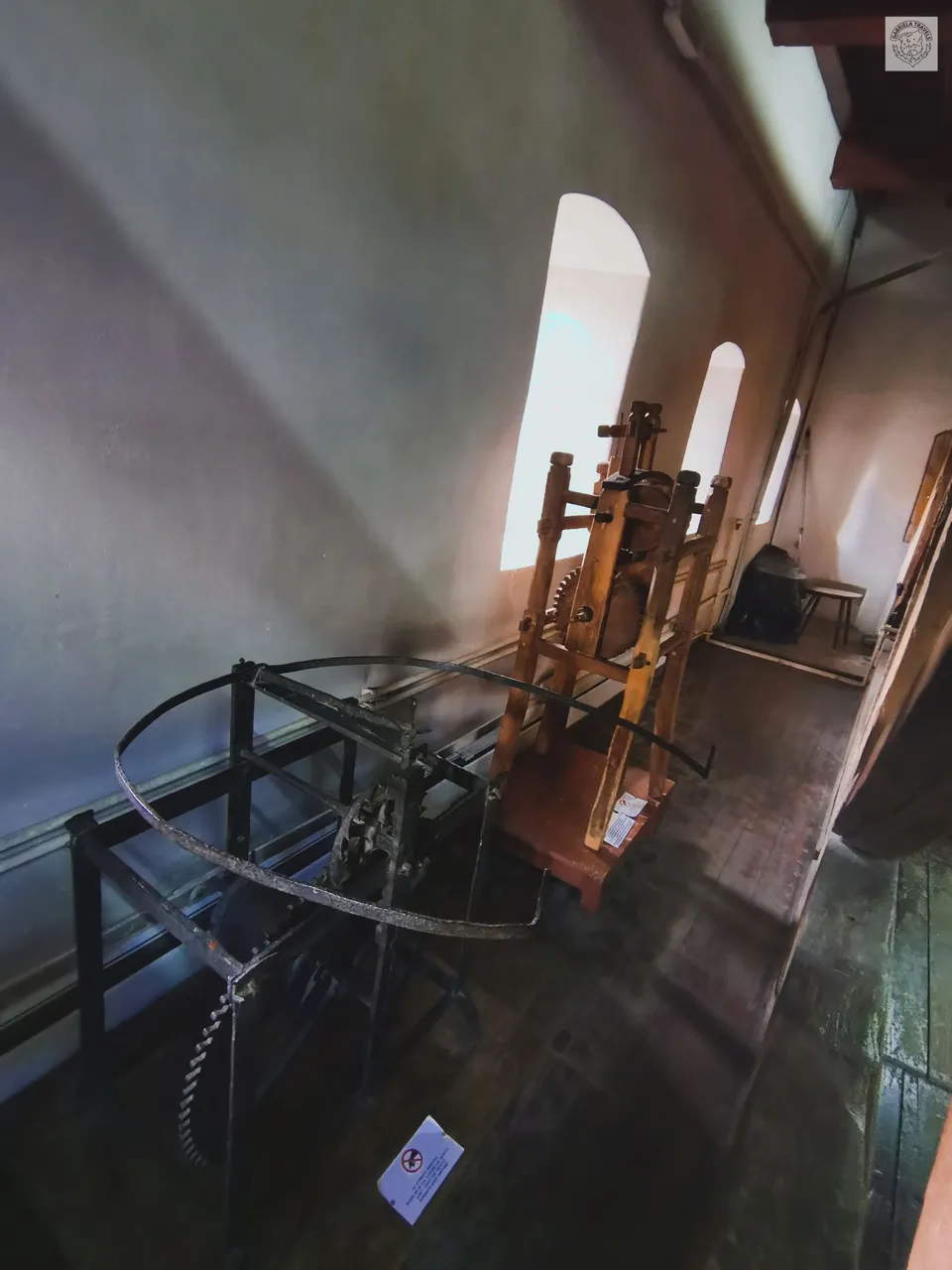 | 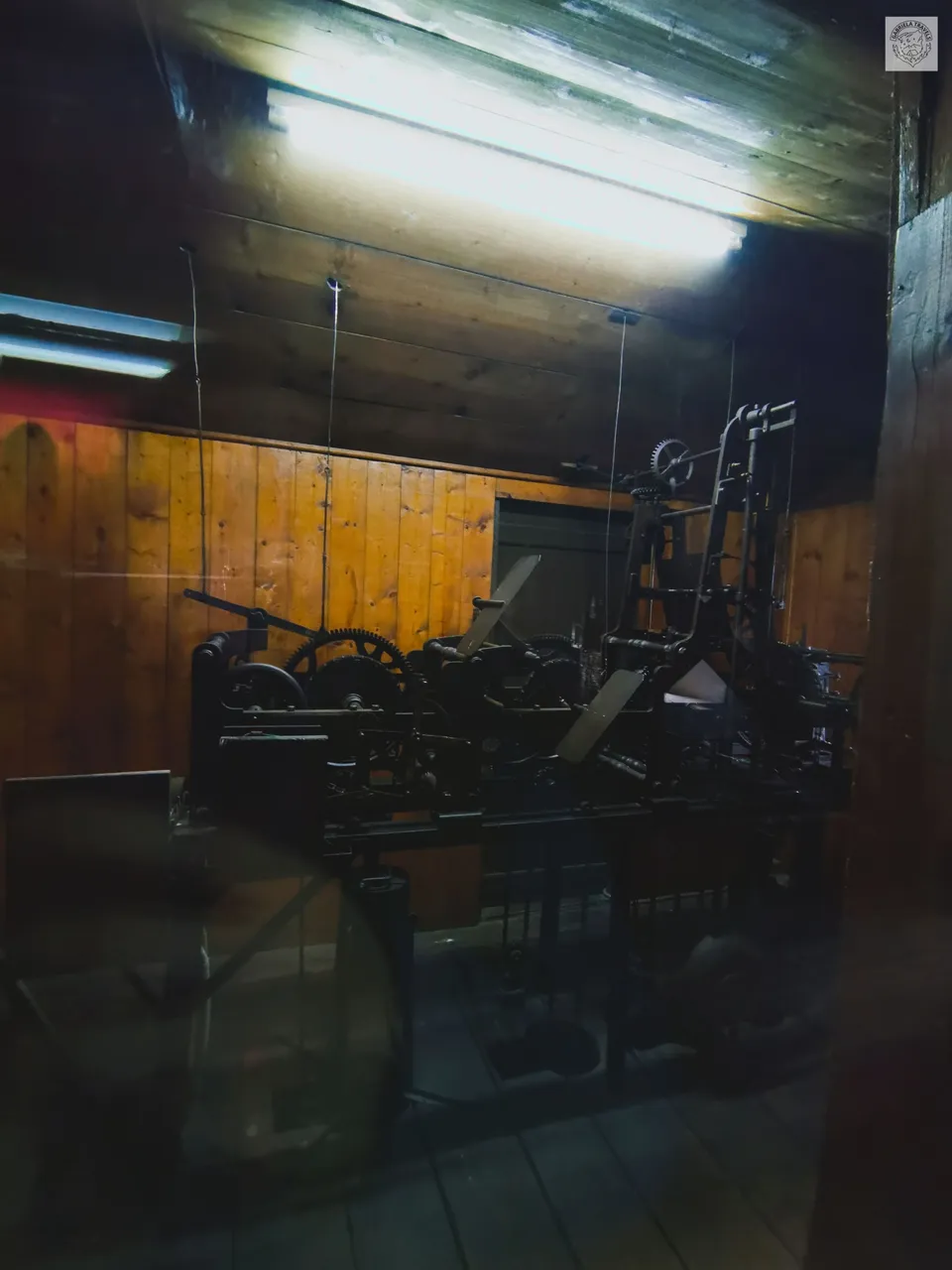 | 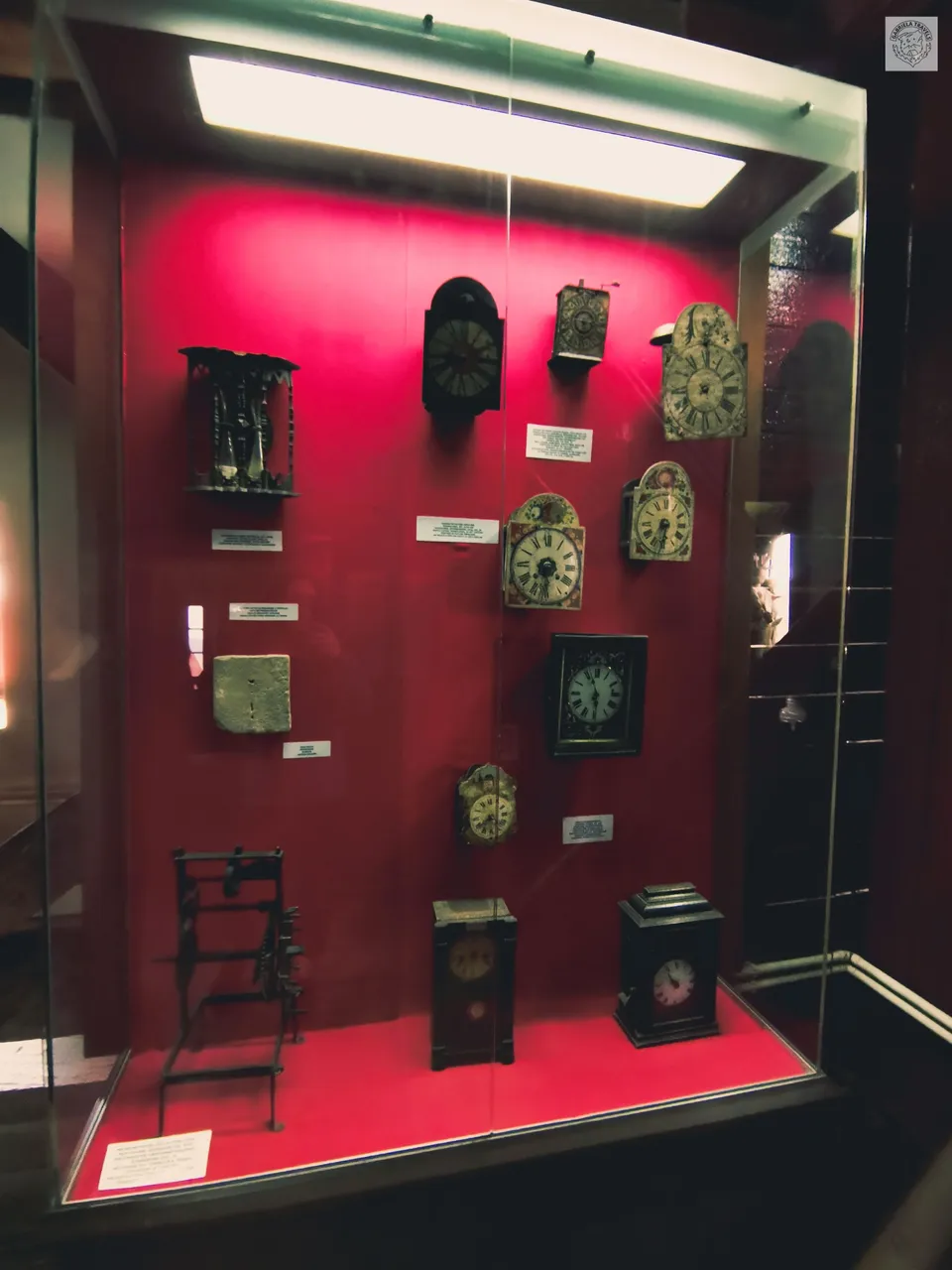 |
|---|
Alright, I know this has been a pretty long post with lots of information so thank you if you managed to make it till the end. ❤️
I tried my best not to load it with too many boring details and keep it as simple as possible with the minimum info to get an idea of everything you will see in pictures.
I don't get to visit this kind of places too often, but once in a while it's a really nice way to add some more information in your backpack of knowledge to find out more about how the country you are living in used to be hundreds of years ago, and even stay just a few cm away from objects that maybe had blood on them or saved some lives, while others have seen so many love stories and families being formed and living until death.
Both the Clock Tower and History Museum can be seen in the center of the city and you can actually observe these from any part of the Sighisoara, so just make sure to pick any path you want to follow because all are leading there more or less. The full address of this is Str Turnului, Sighișoara 545400.

SEE YOU IN THE NEXT TRIP! 🗾
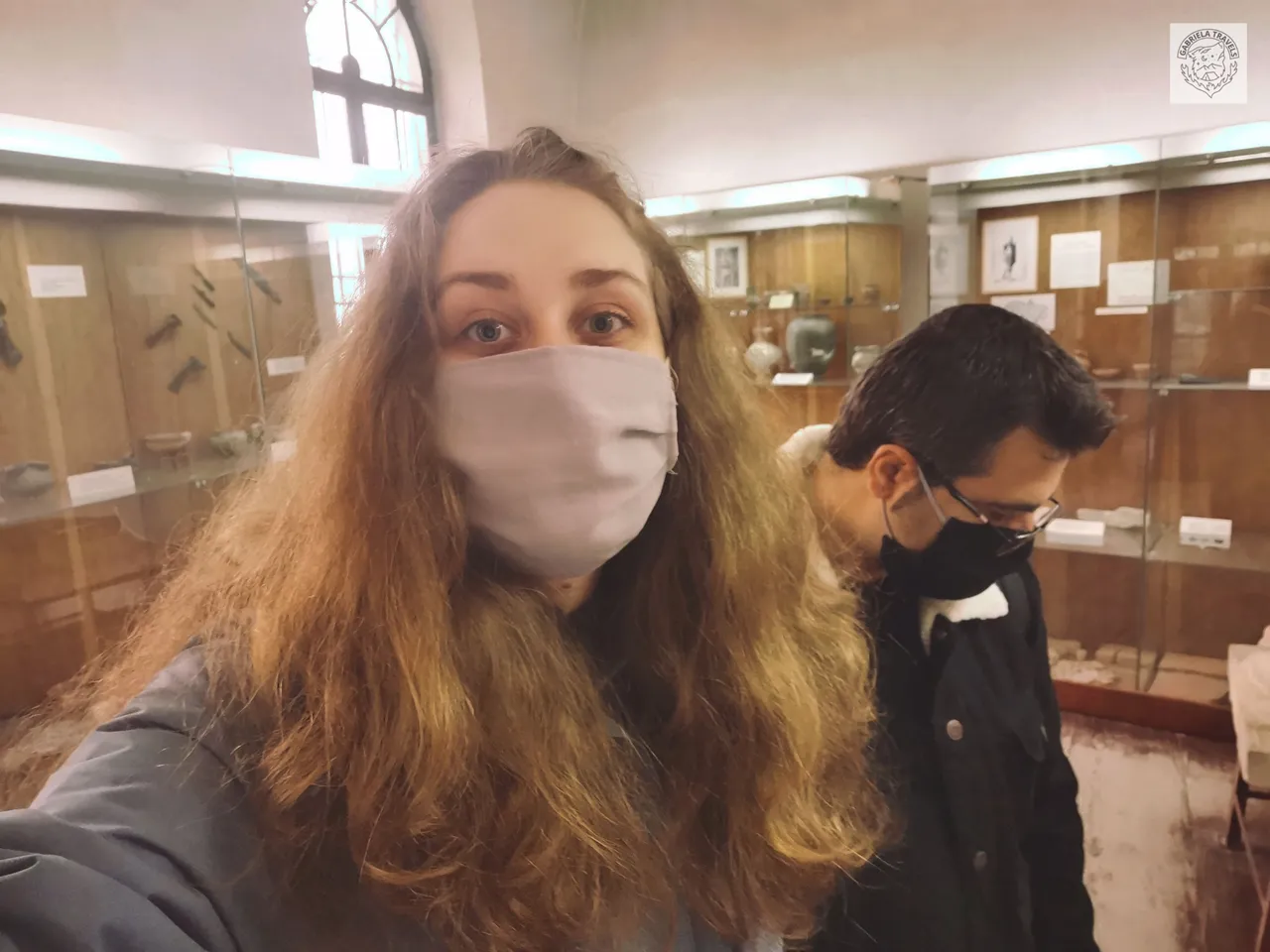

FIND ME ON:
↪ Blog: http://gabrielastravels.wordpress.com/
↪ Fiverr: https://www.fiverr.com/gabrielatv/
↪ YouTube: https://www.youtube.com/gabiivdesign
↪ Instagram: https://www.instagram.com/GabrielaTravels/
↪ TikTok: https://tiktok.com/@gabrielastravels/
↪ Discord: GabrielaTravels#0104
↪ Facebook: https://www.facebook.com/gabrielaistraveling/
↪ Twitter: https://twitter.com/GabrielaTravels
↪ PayPal/Contact: gabriela.valceanu19@gmail.com

